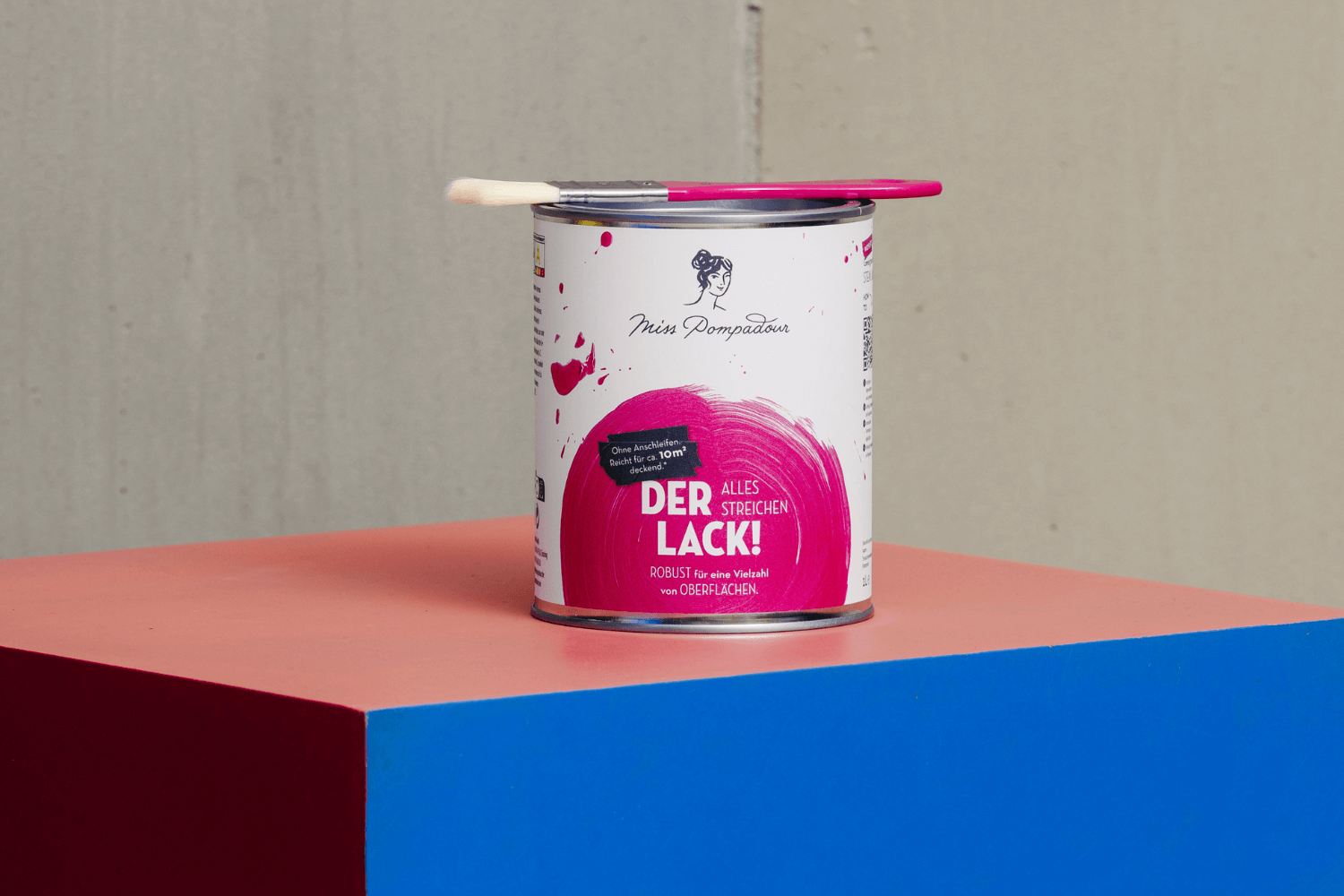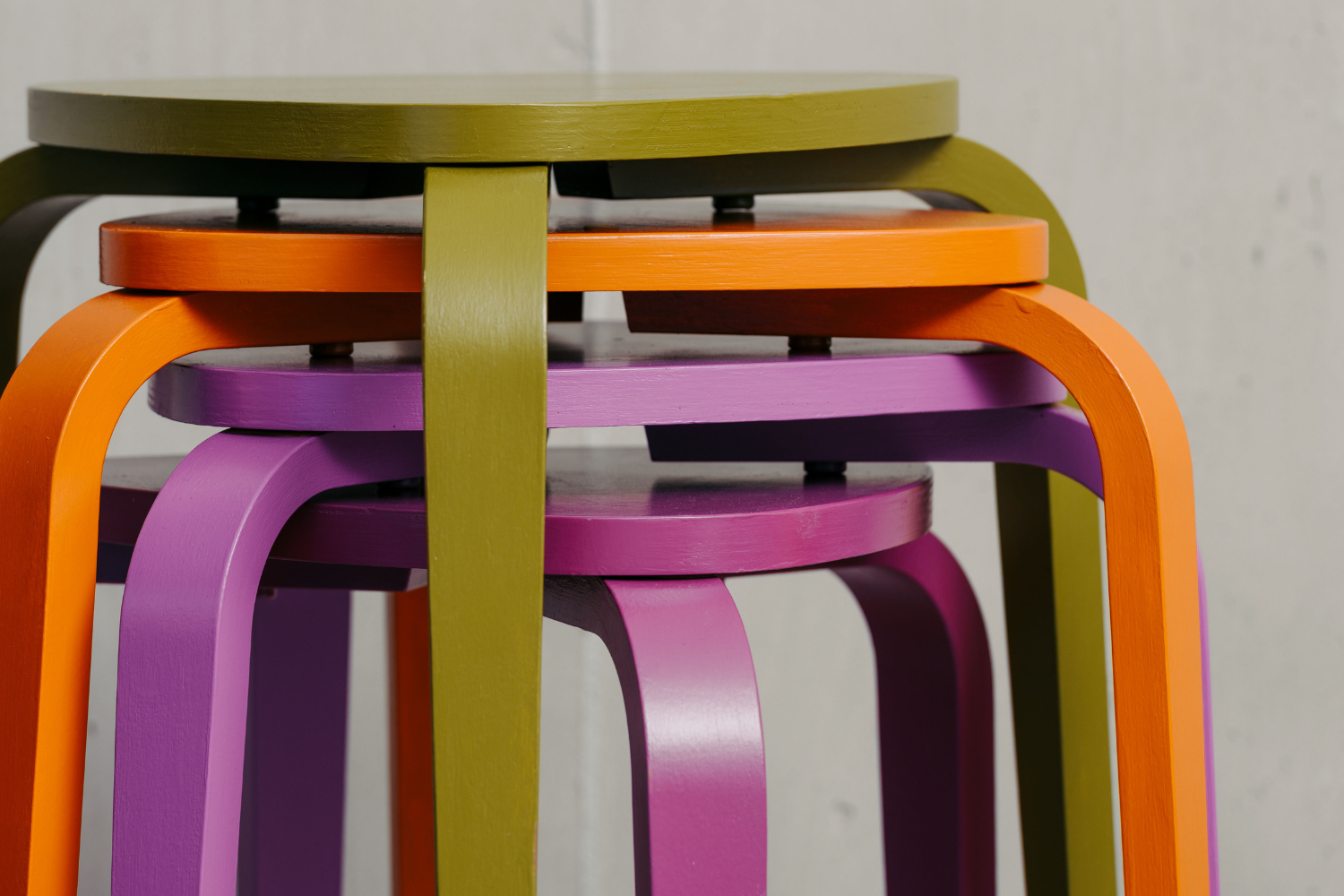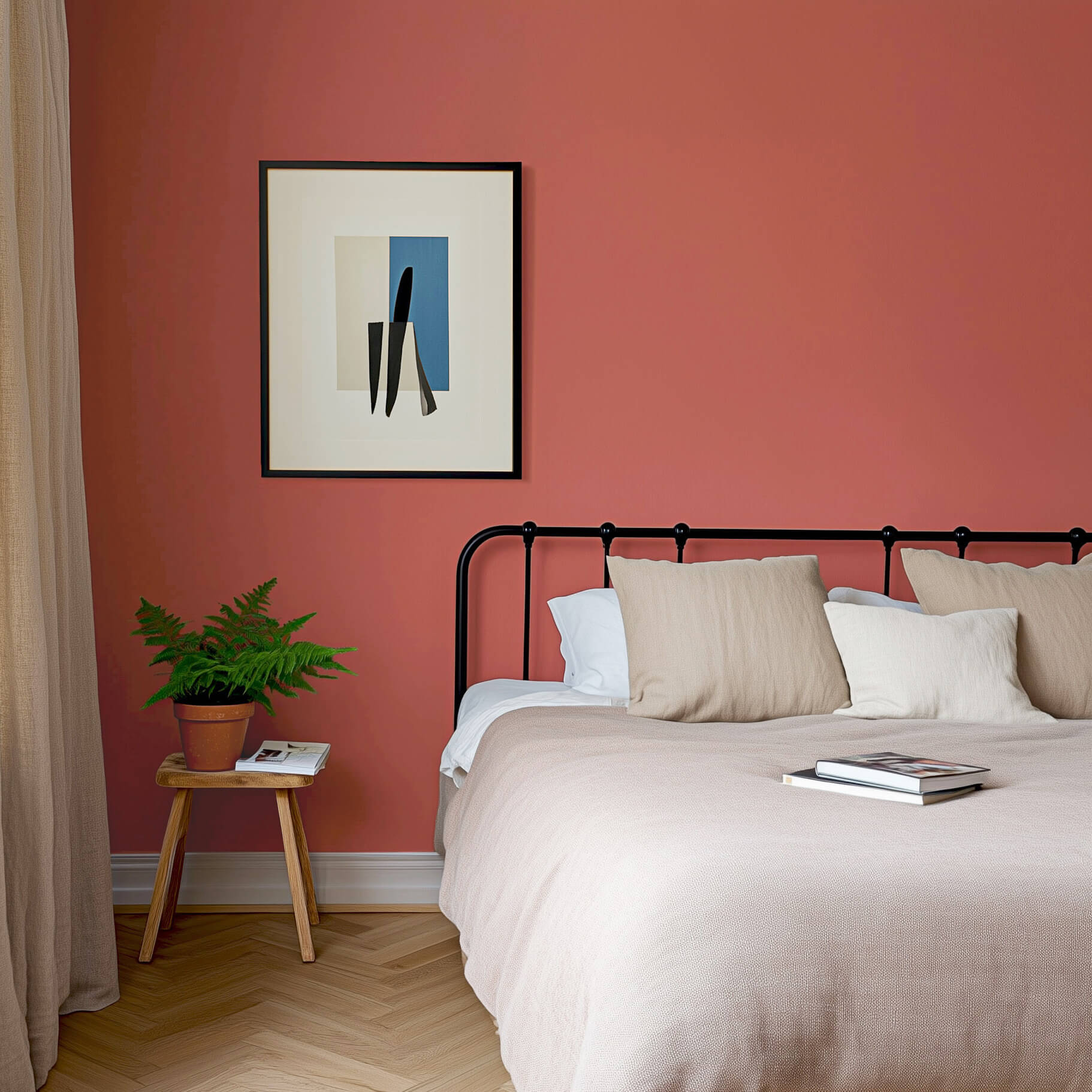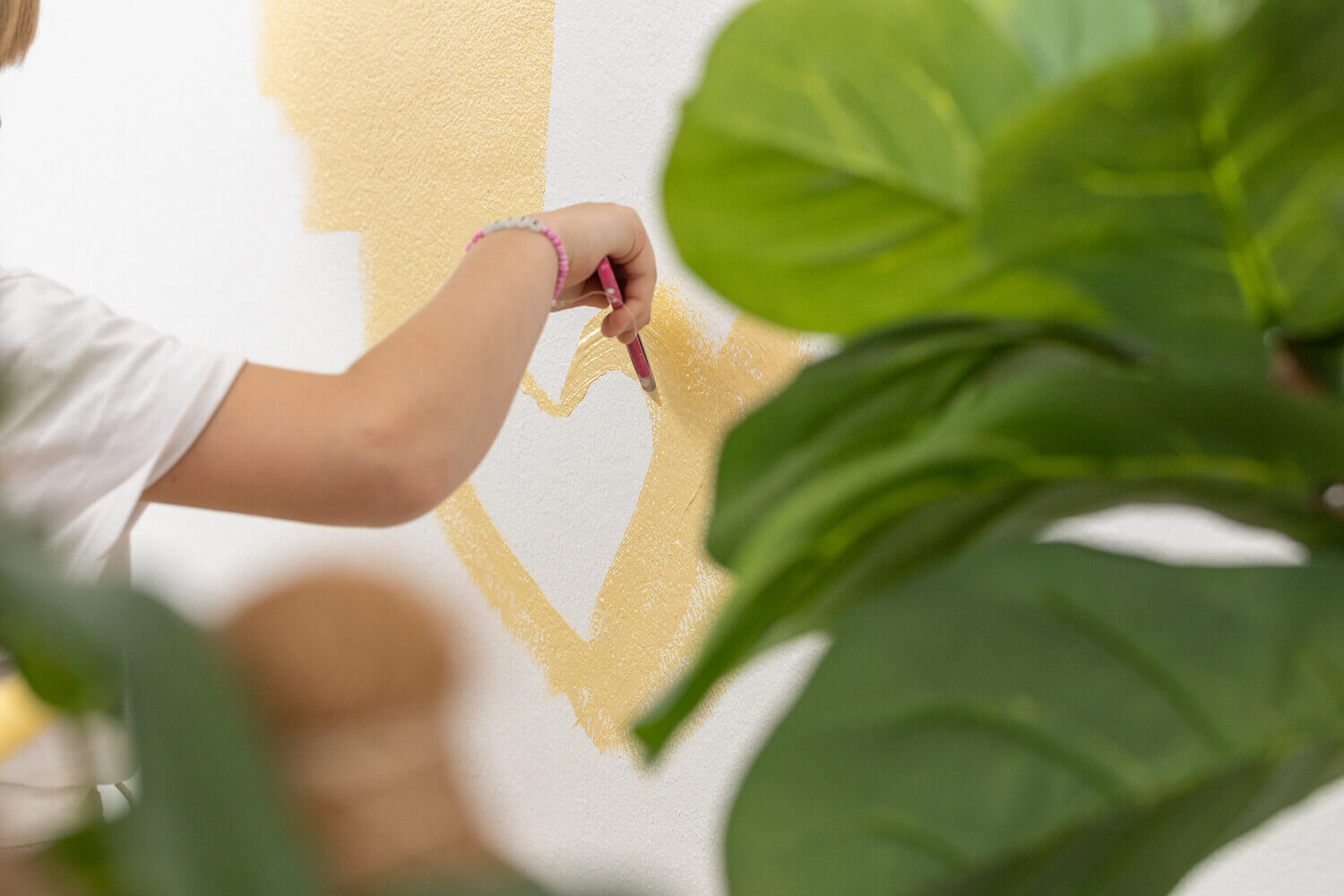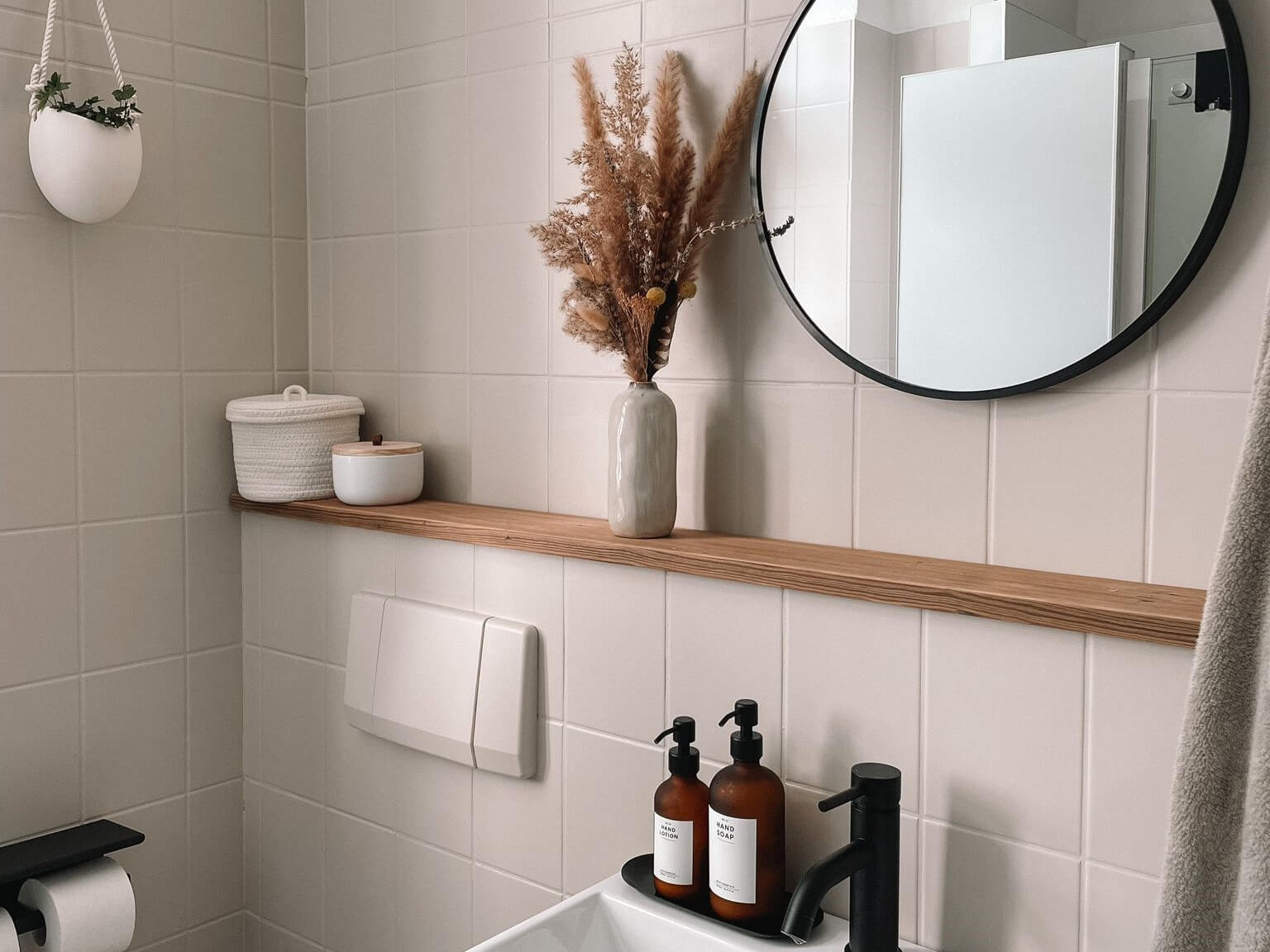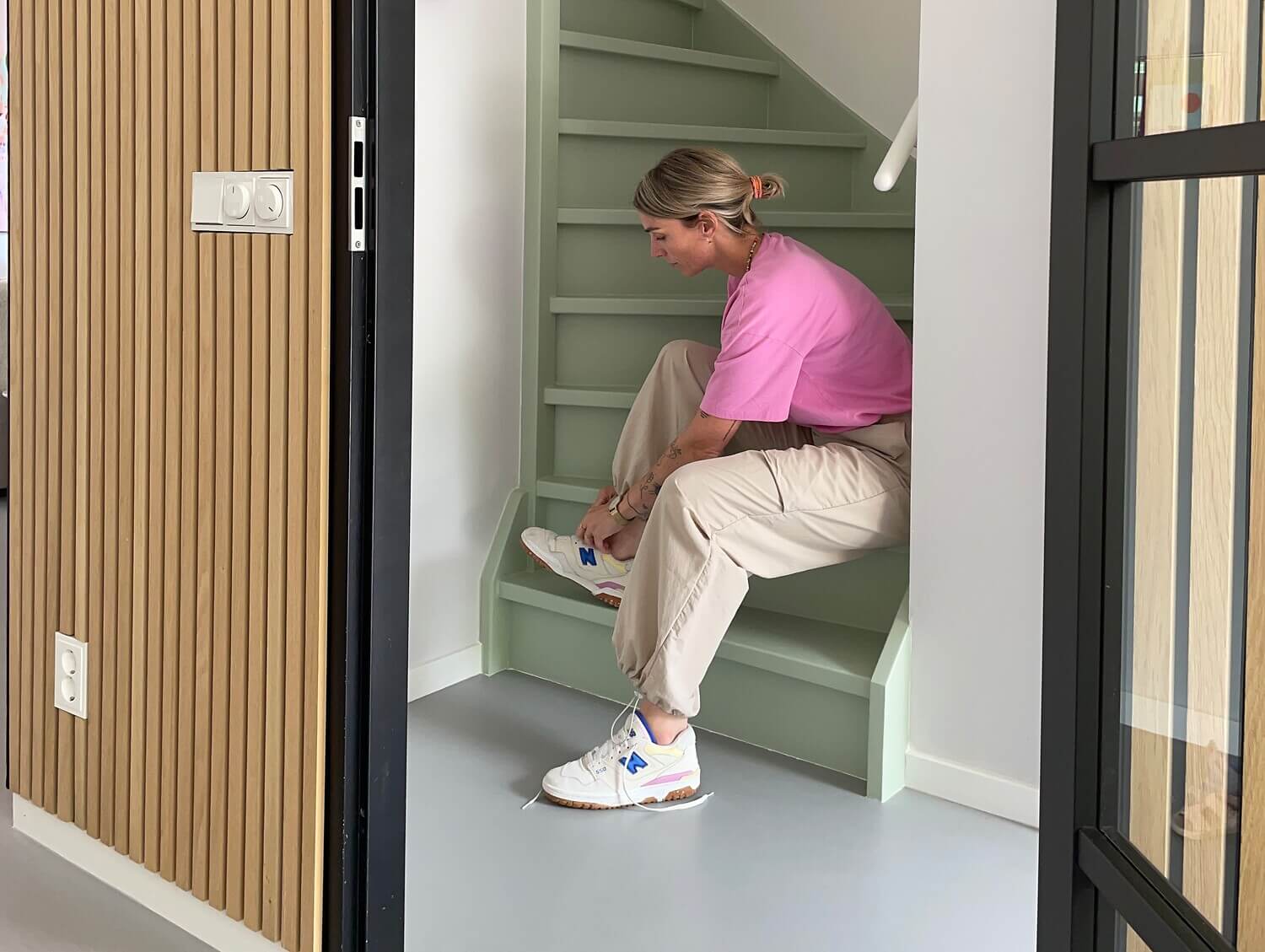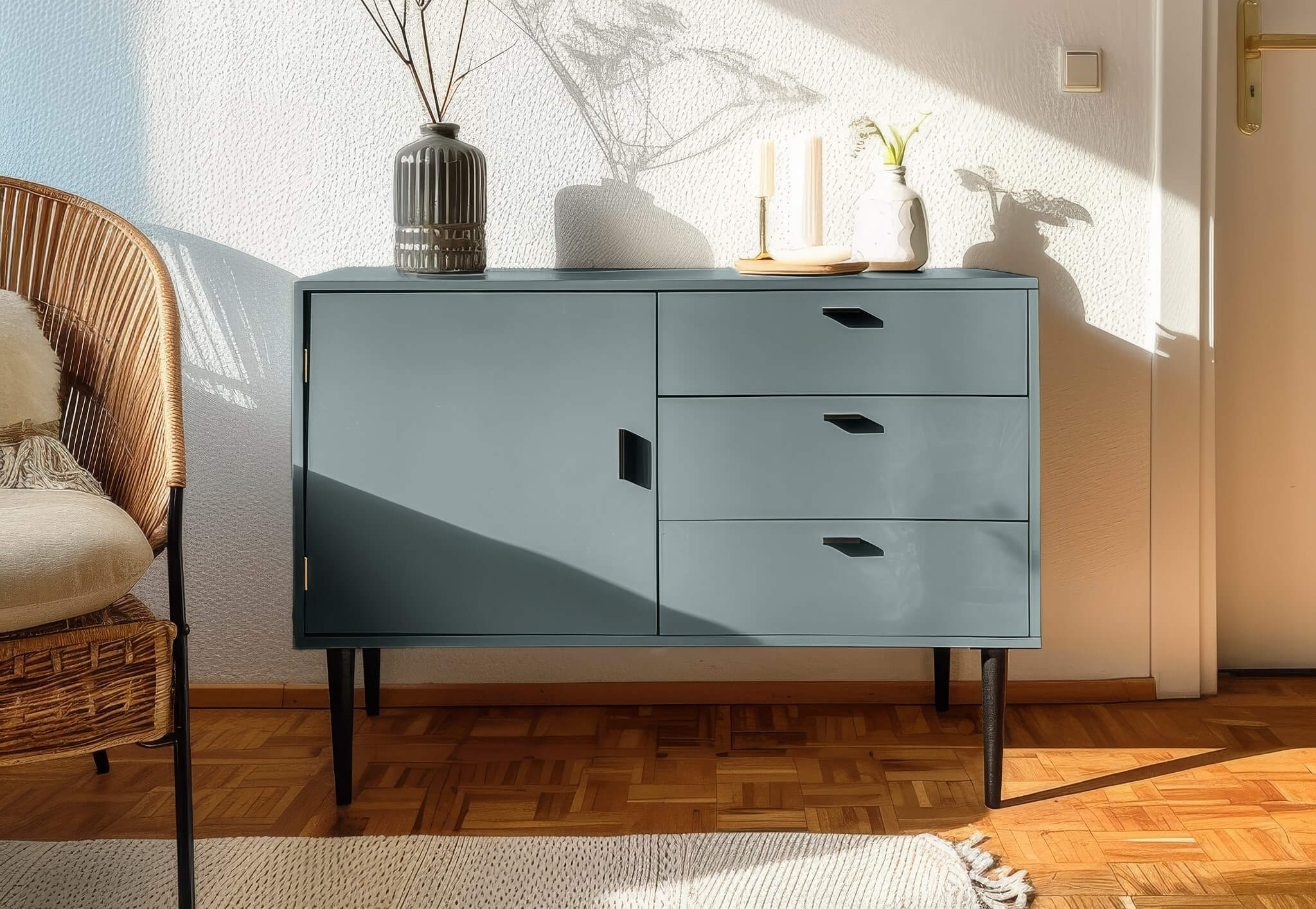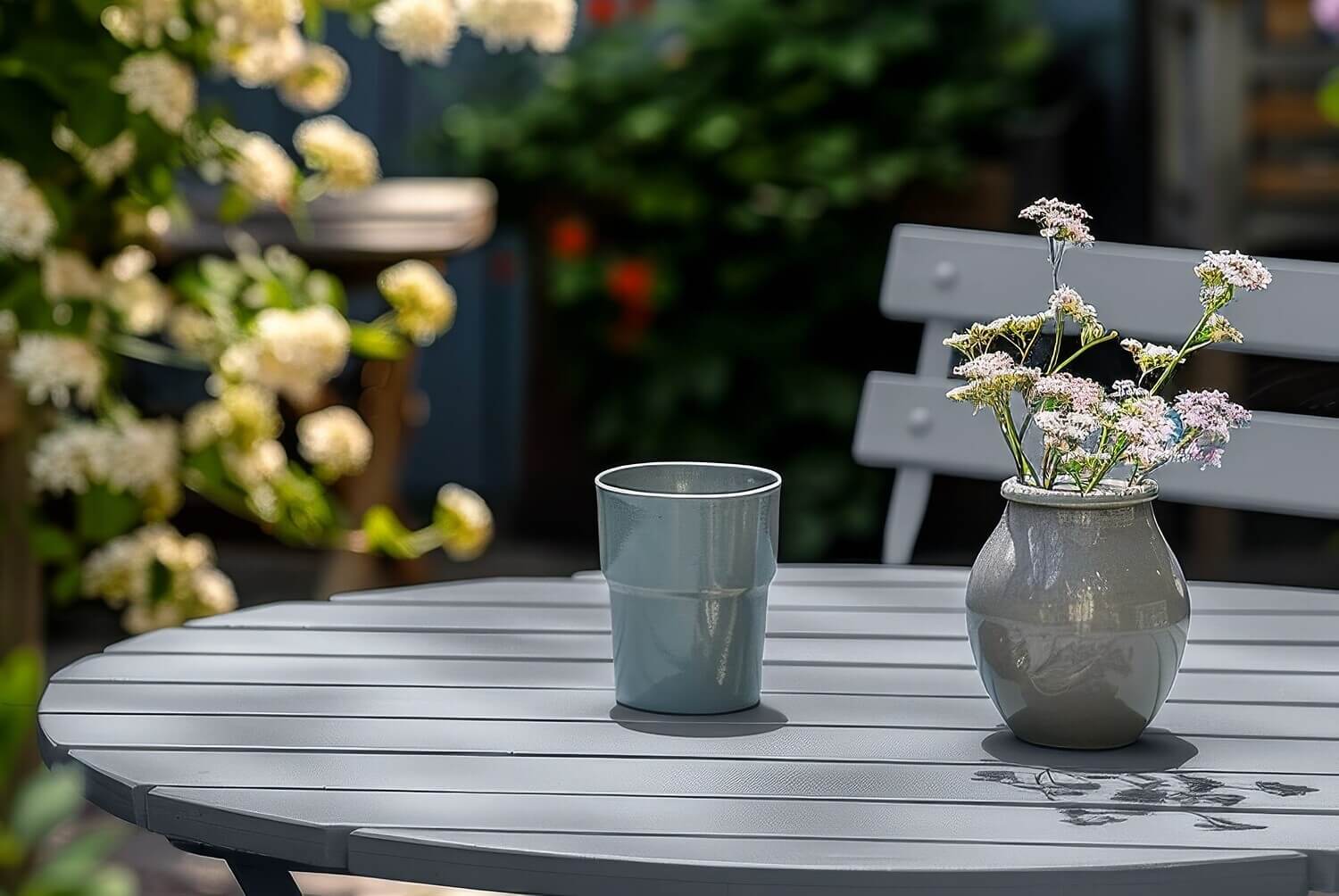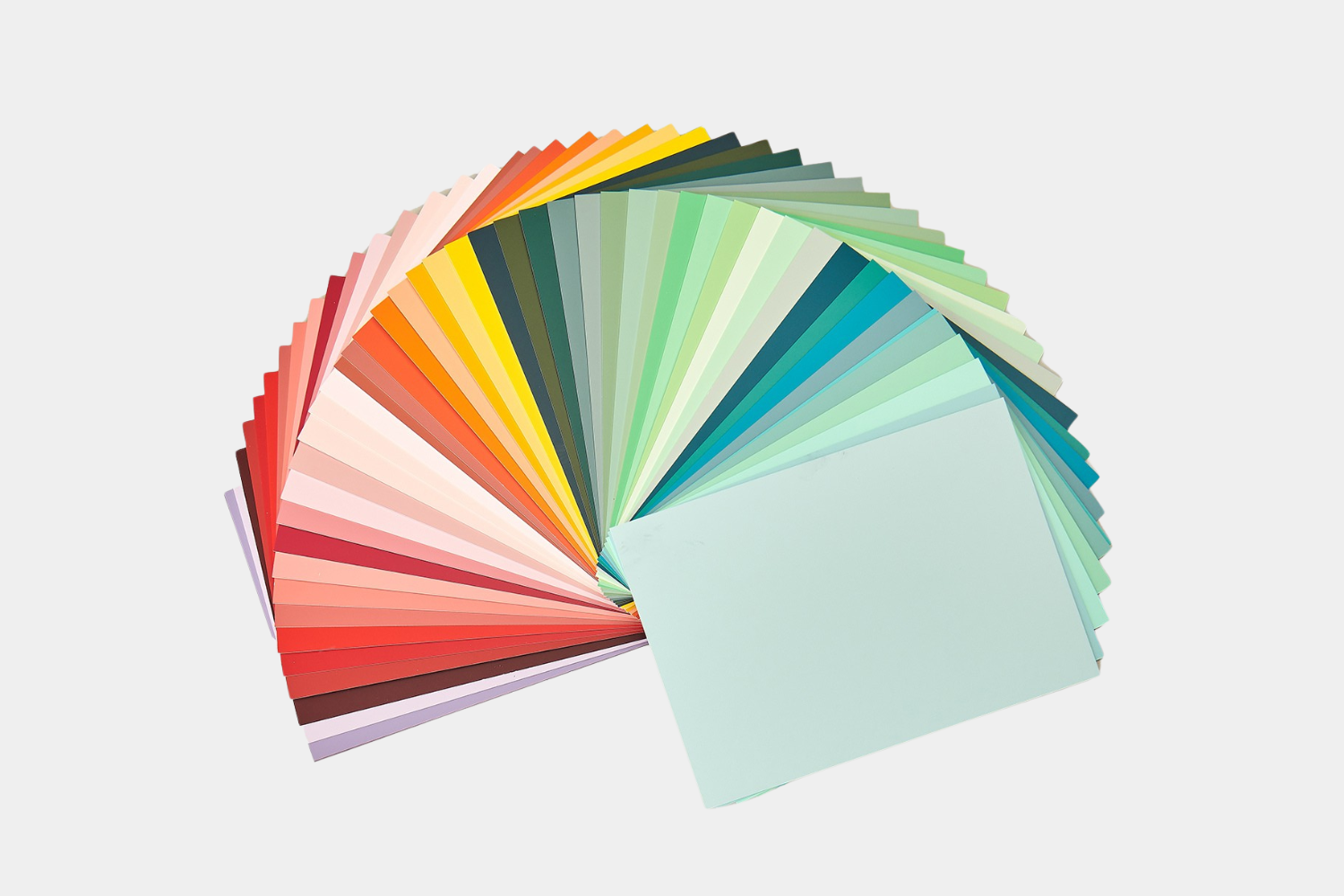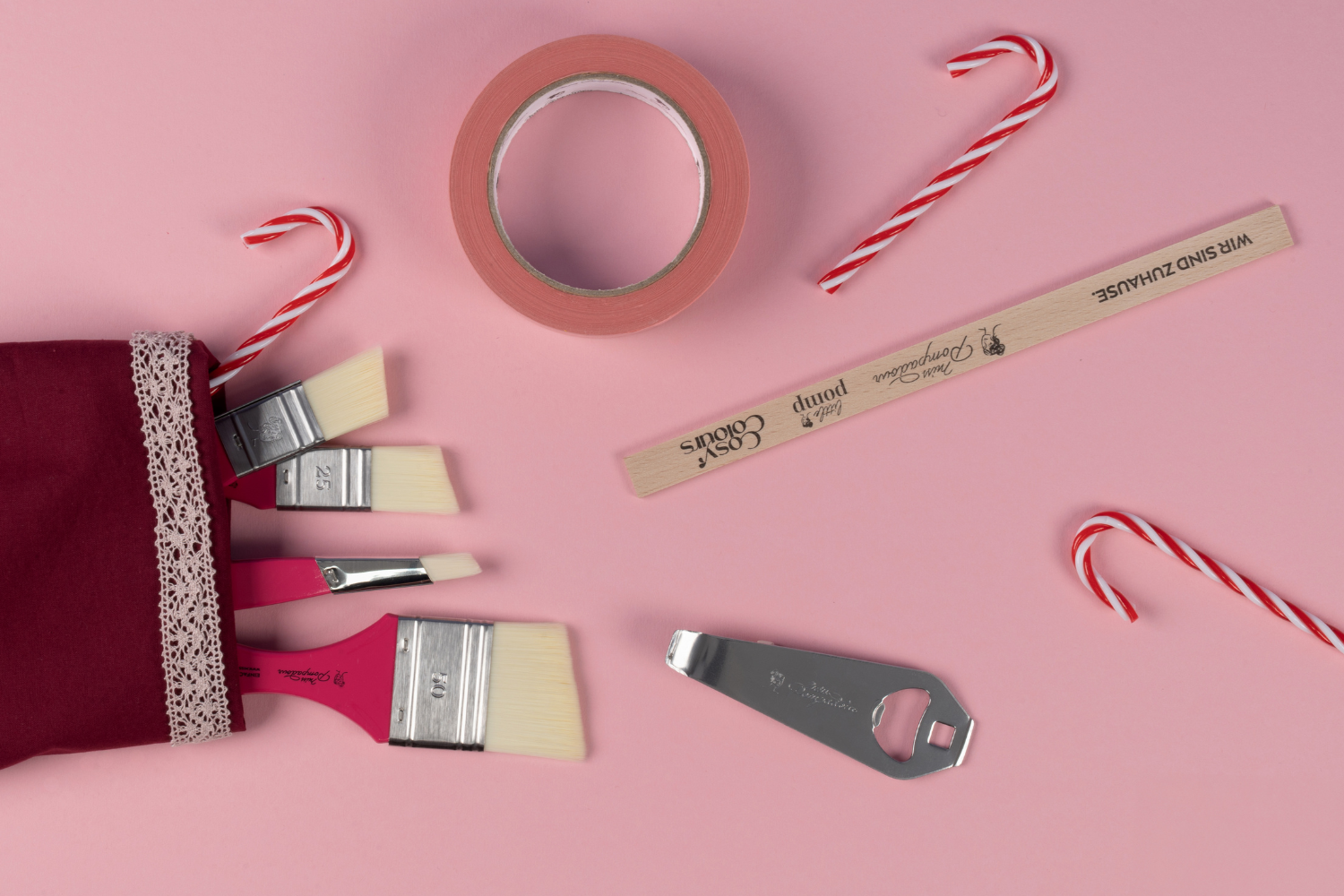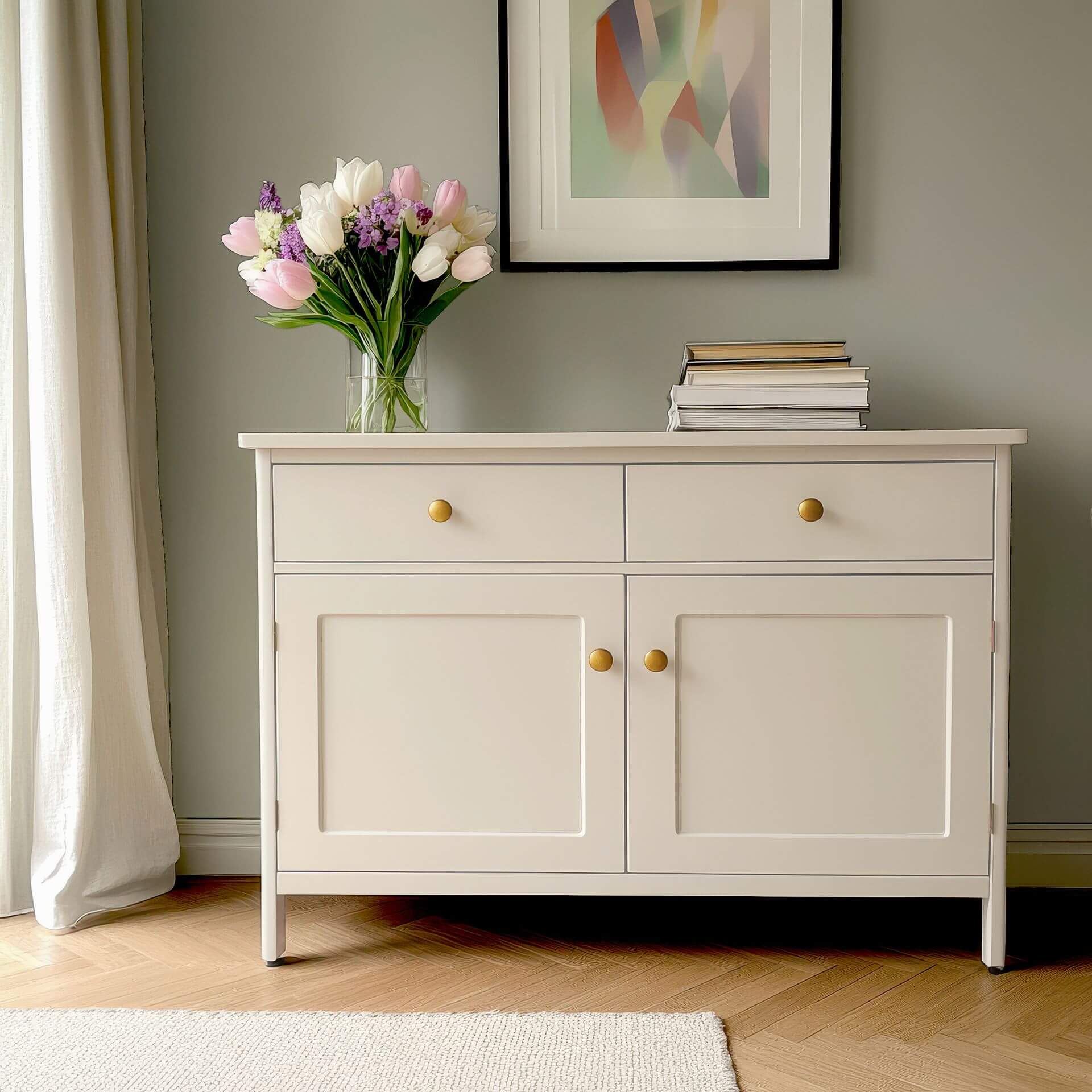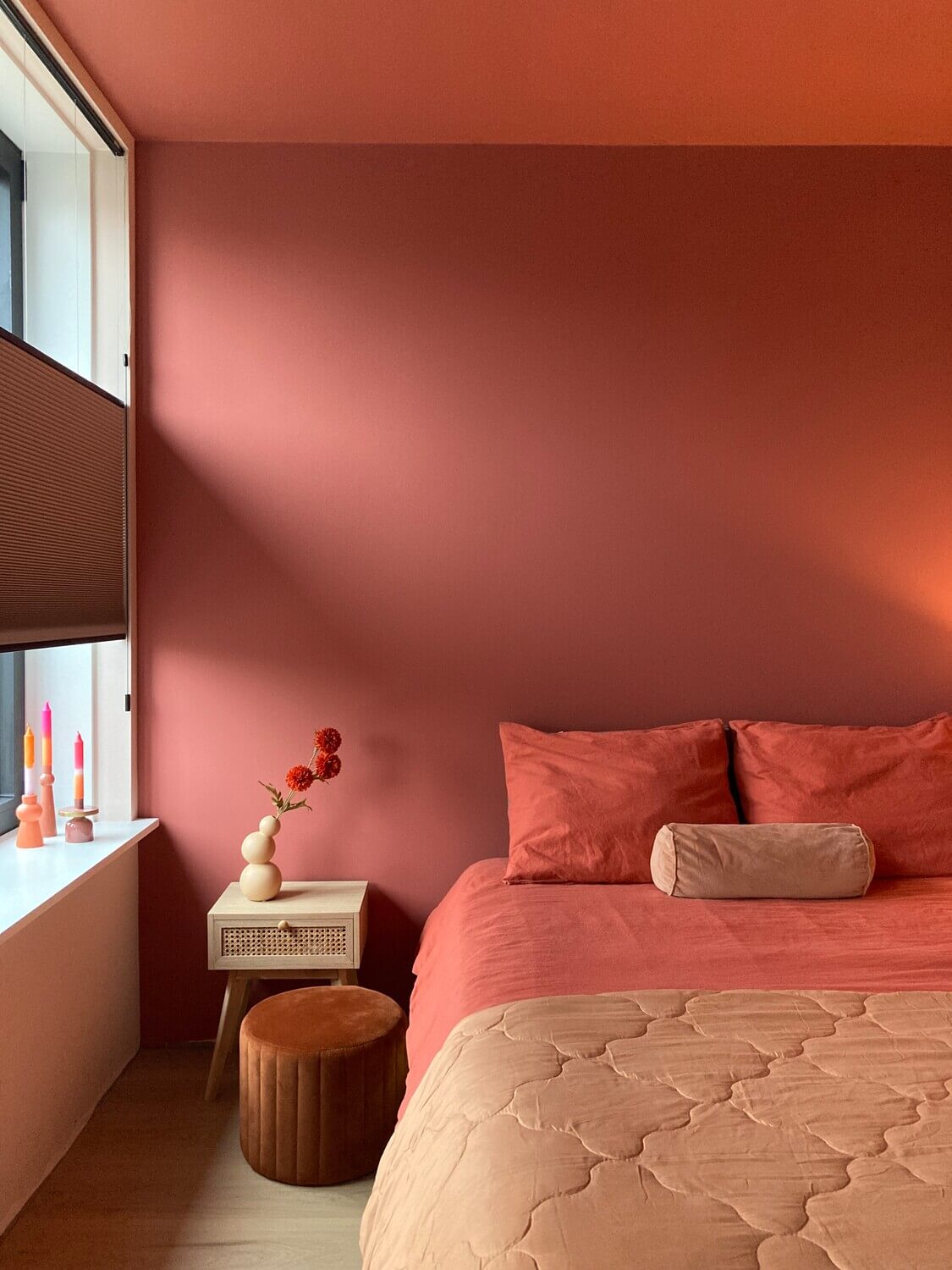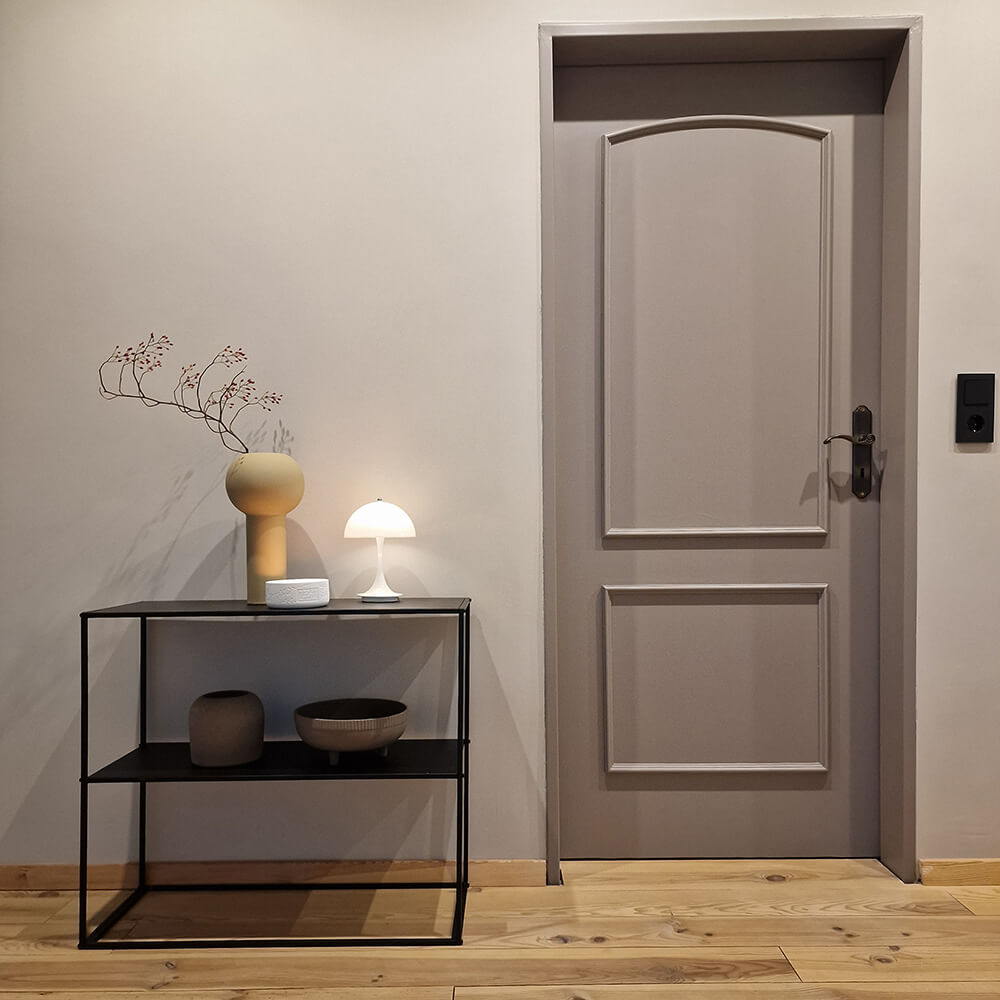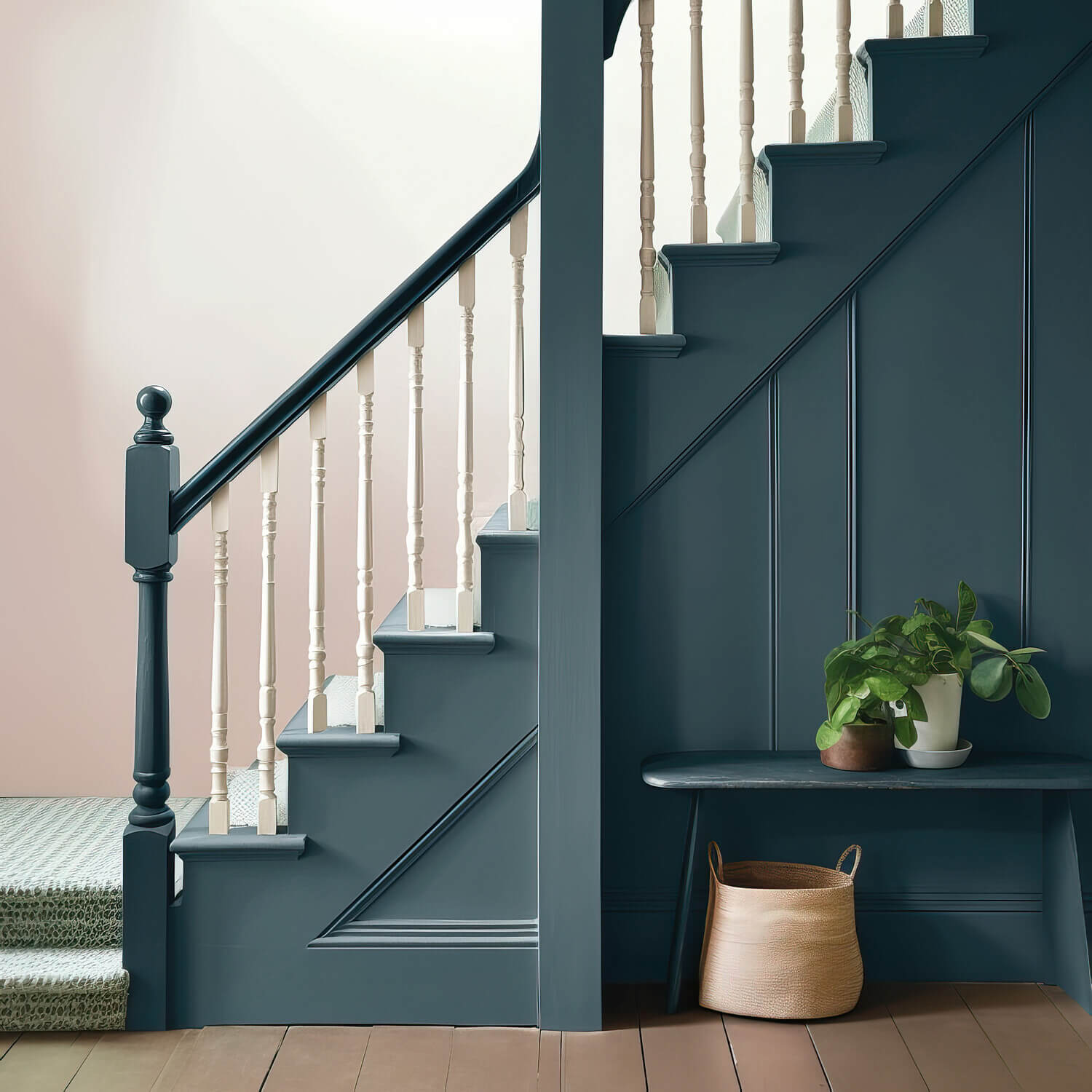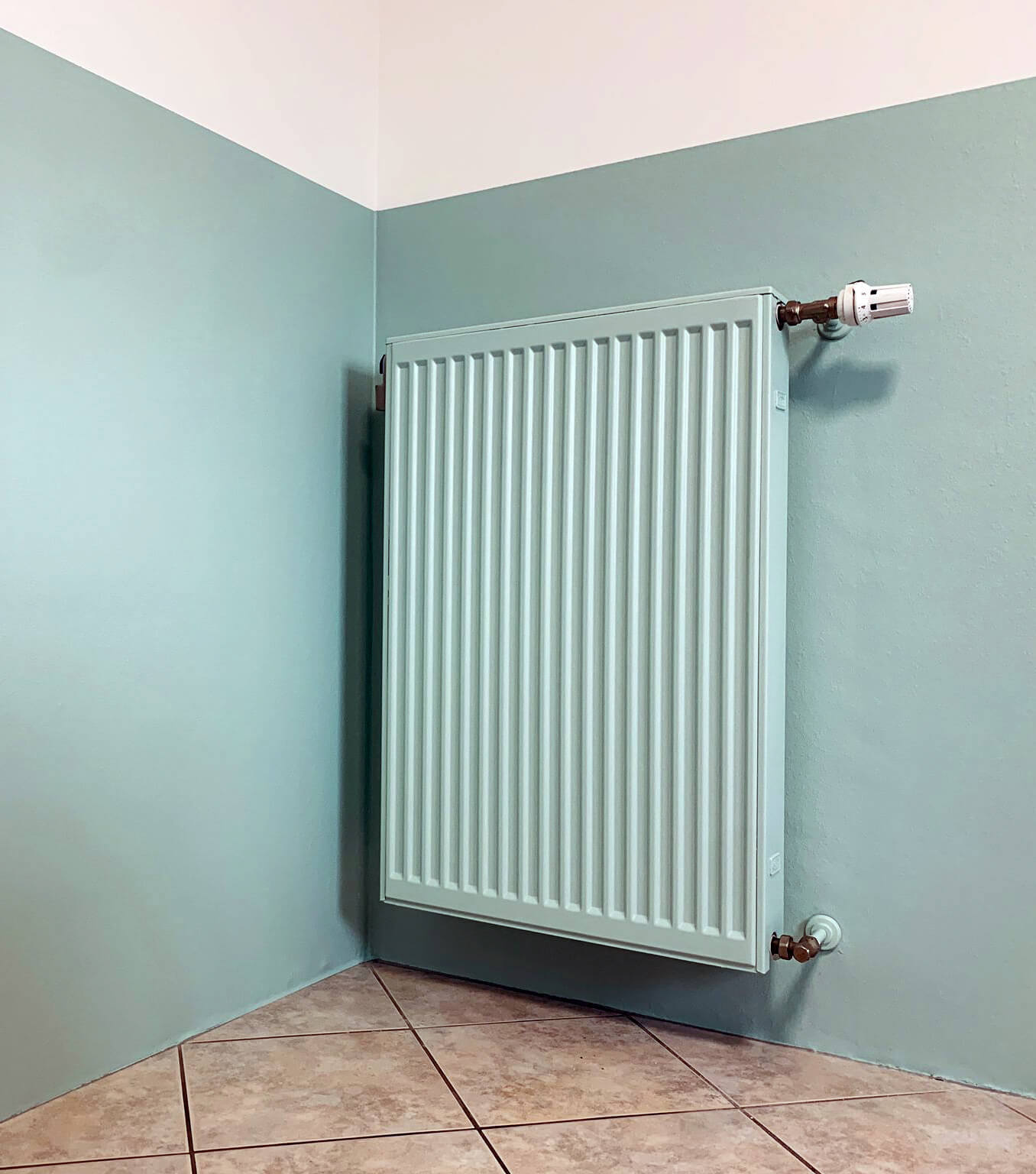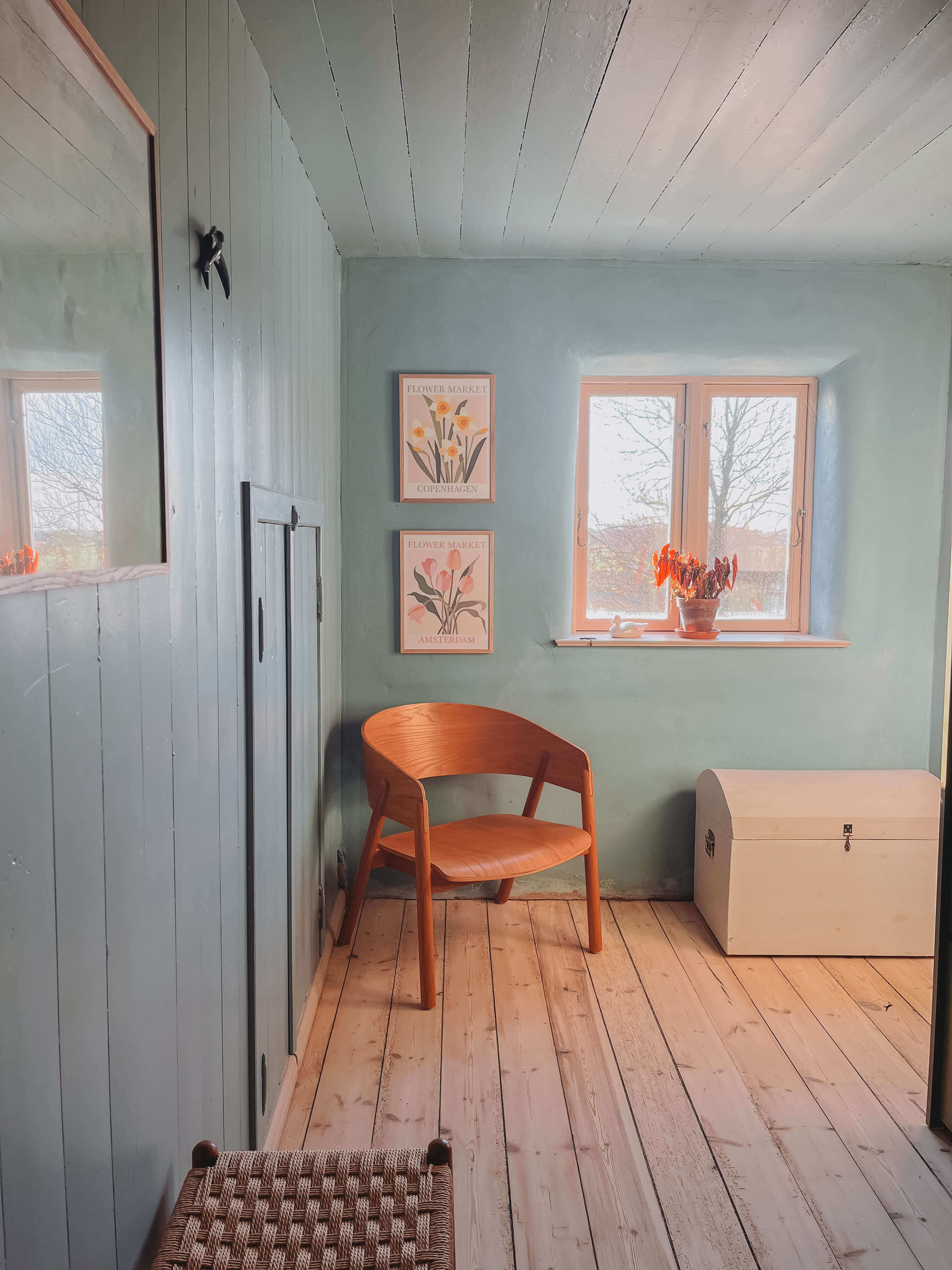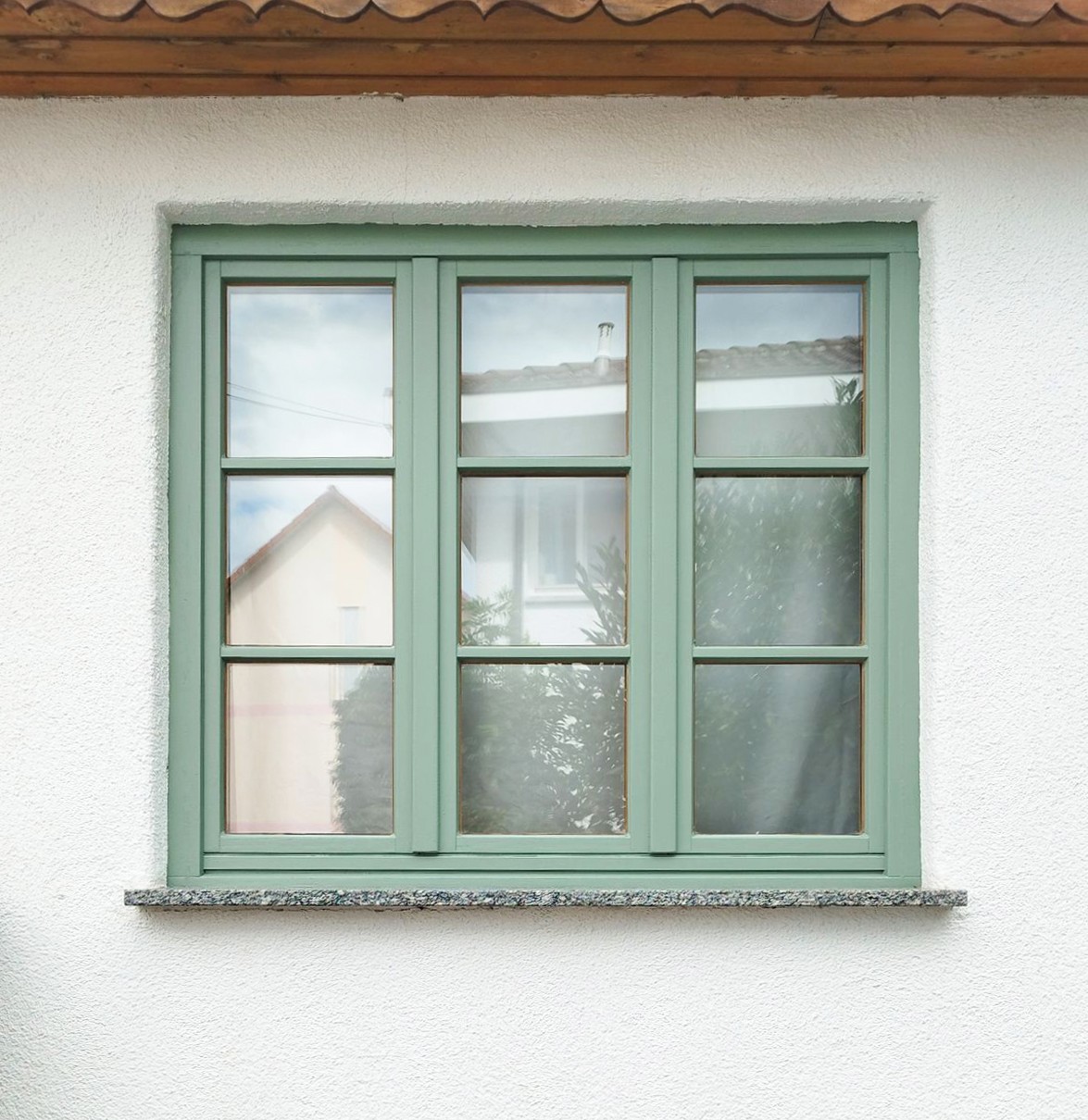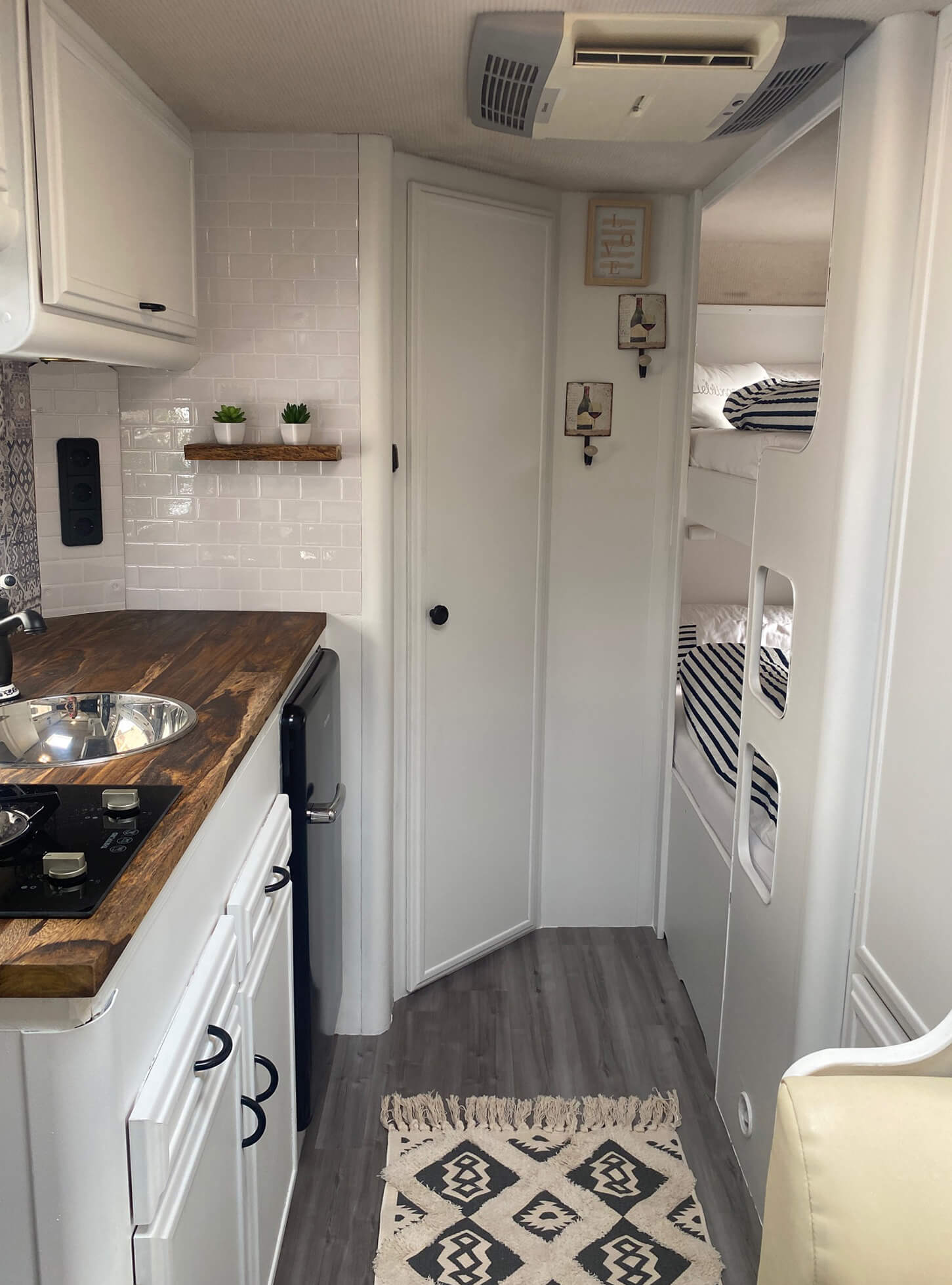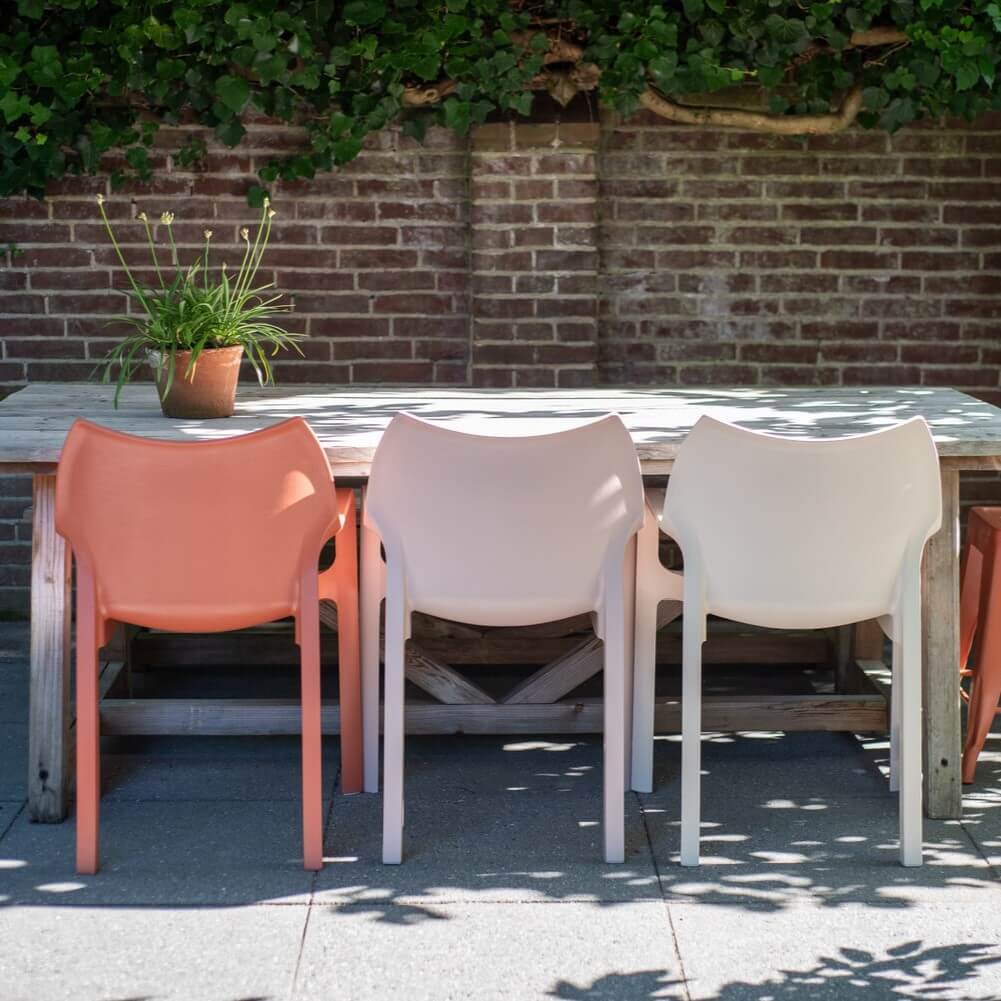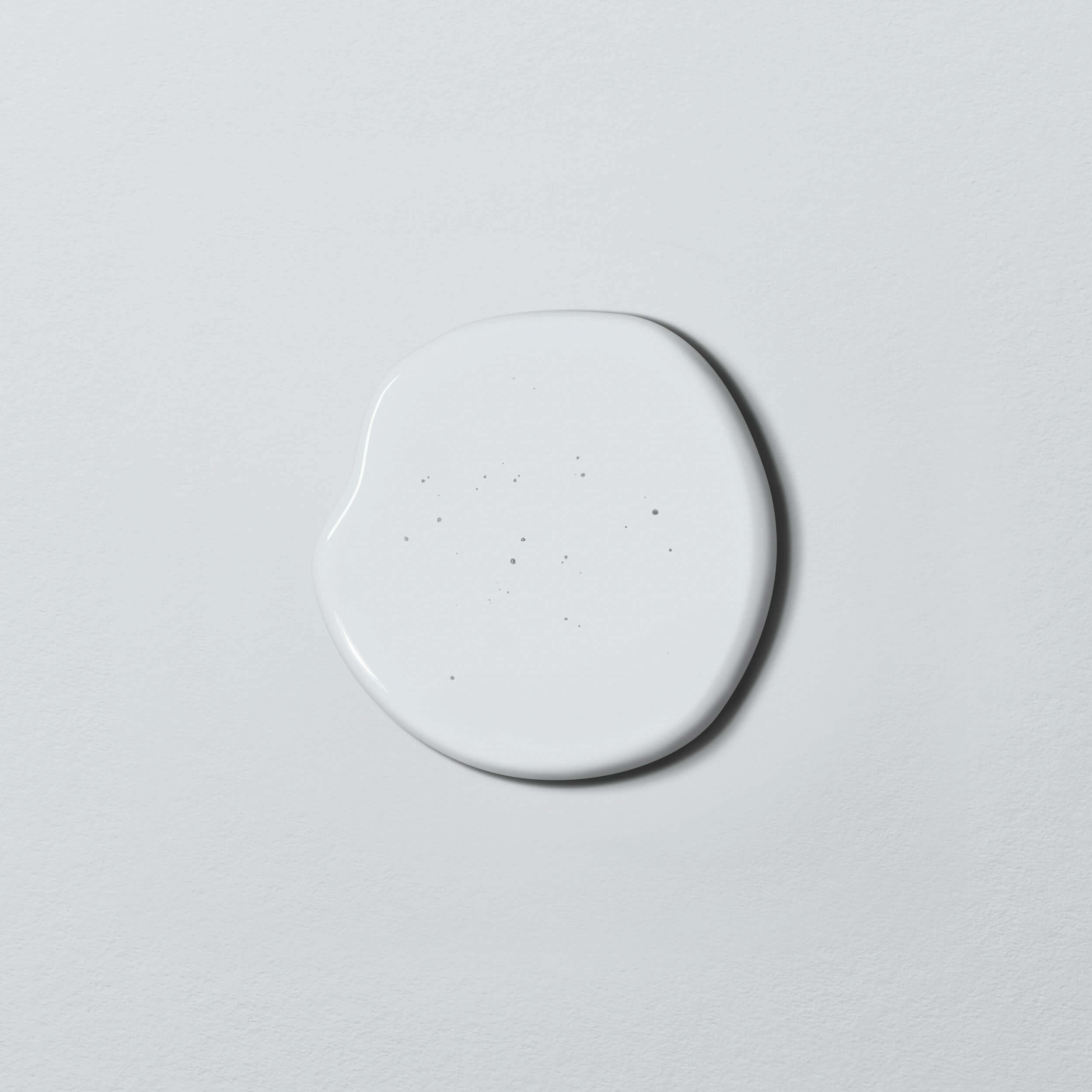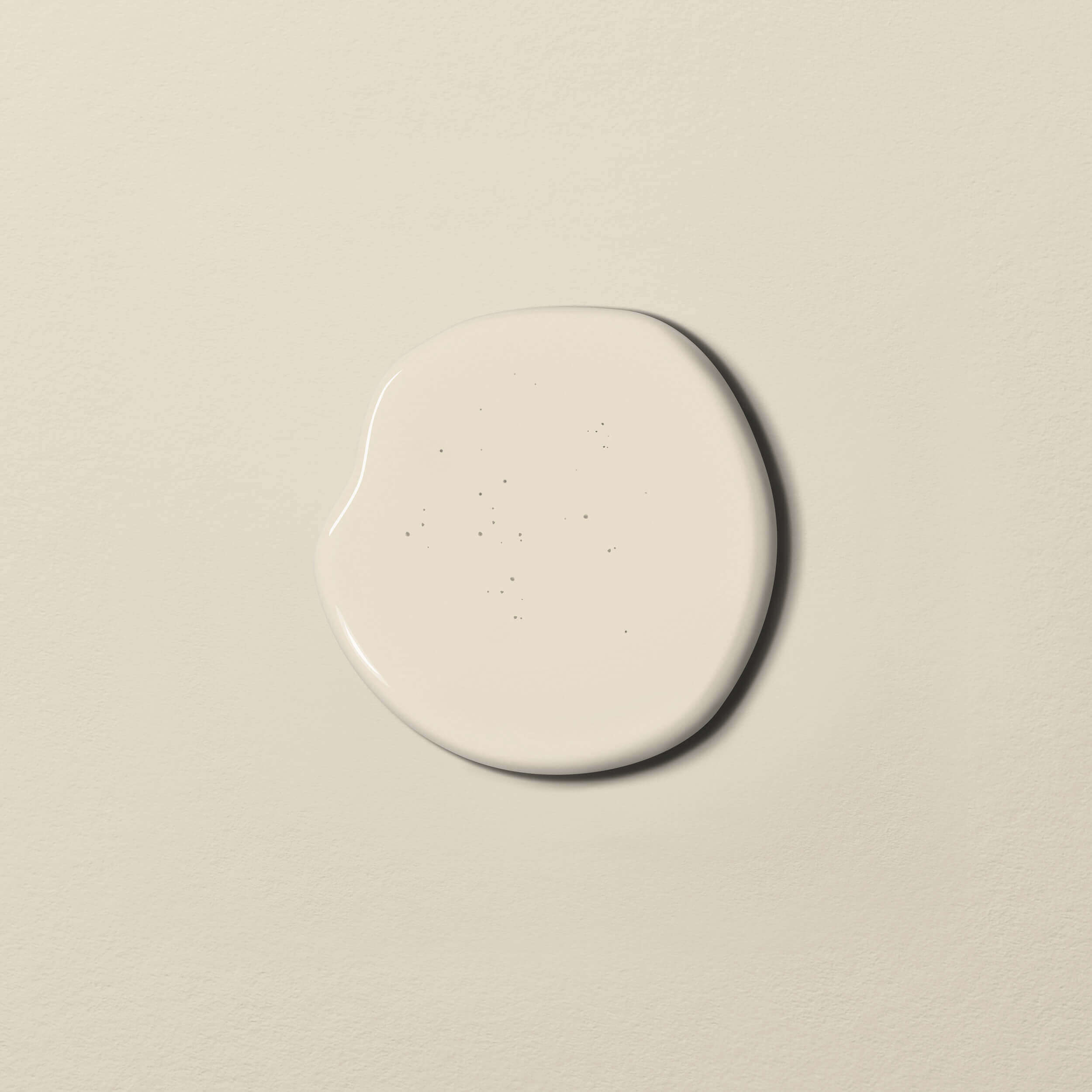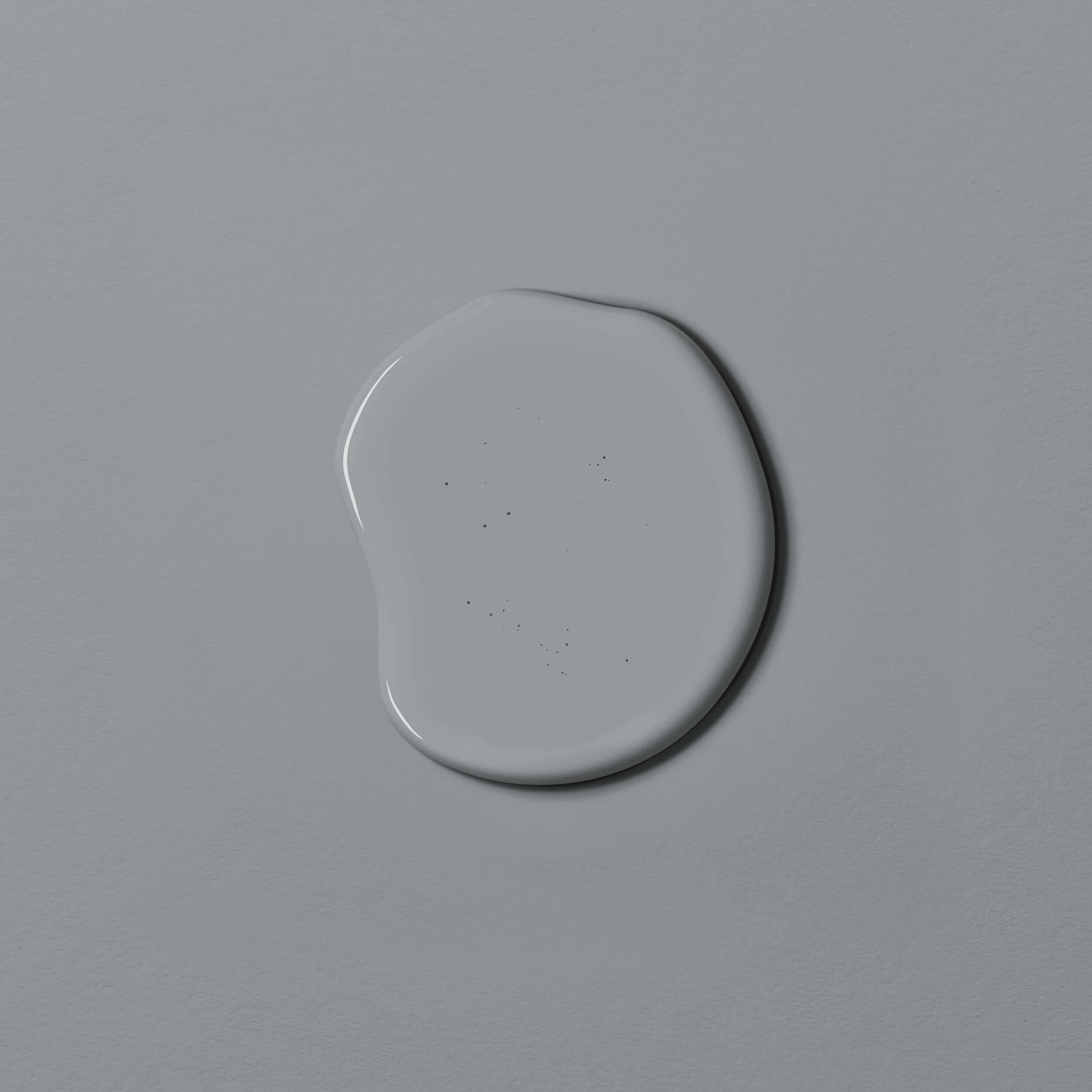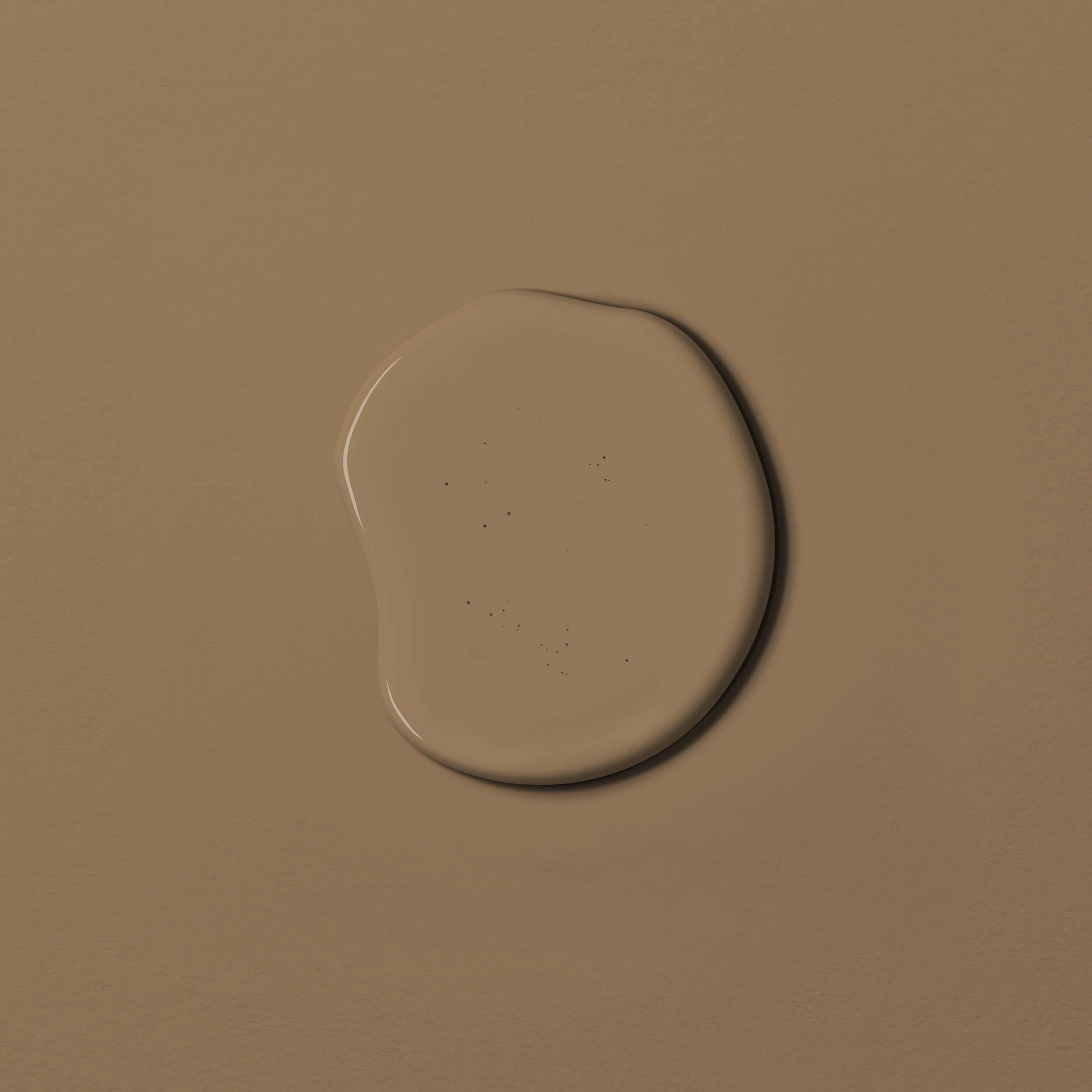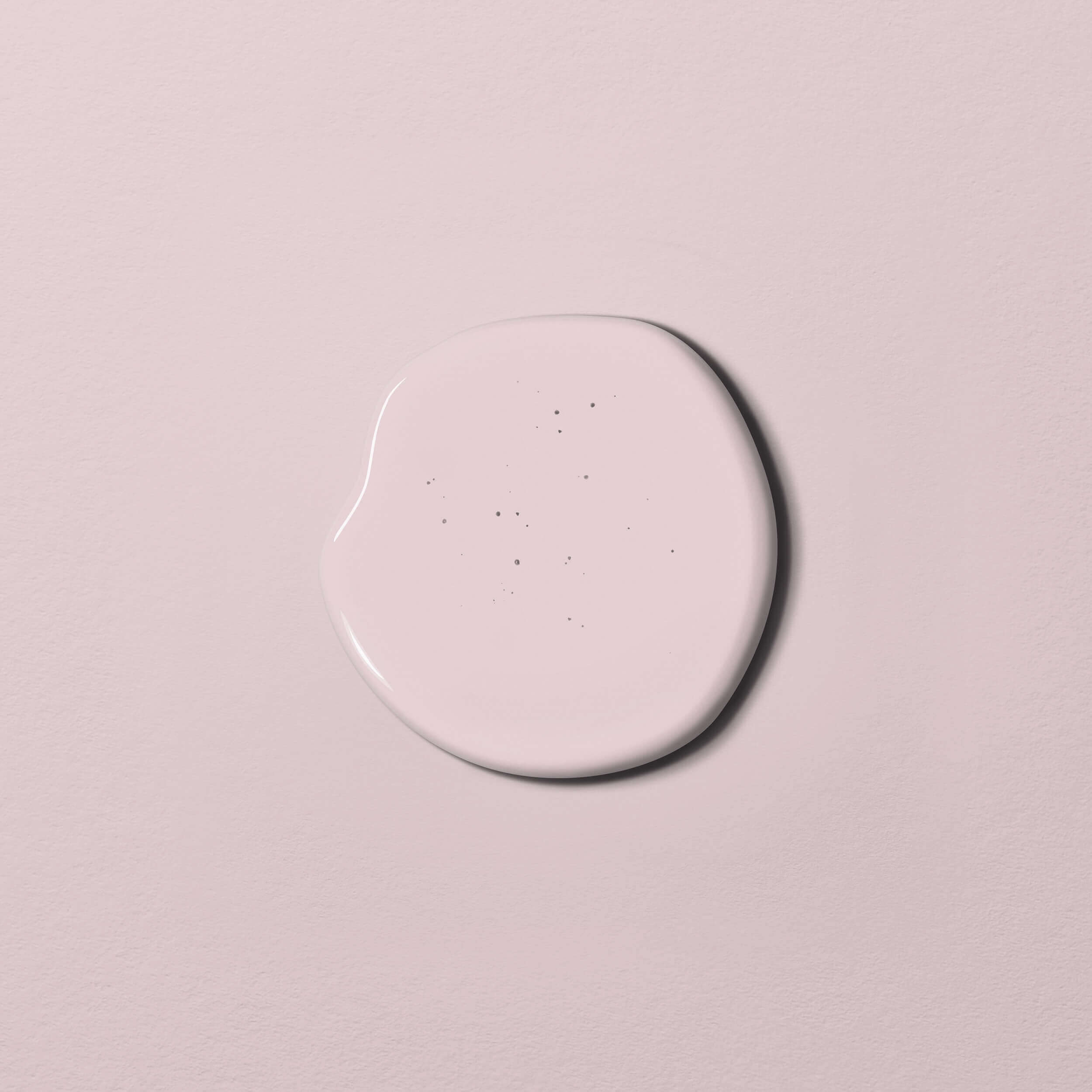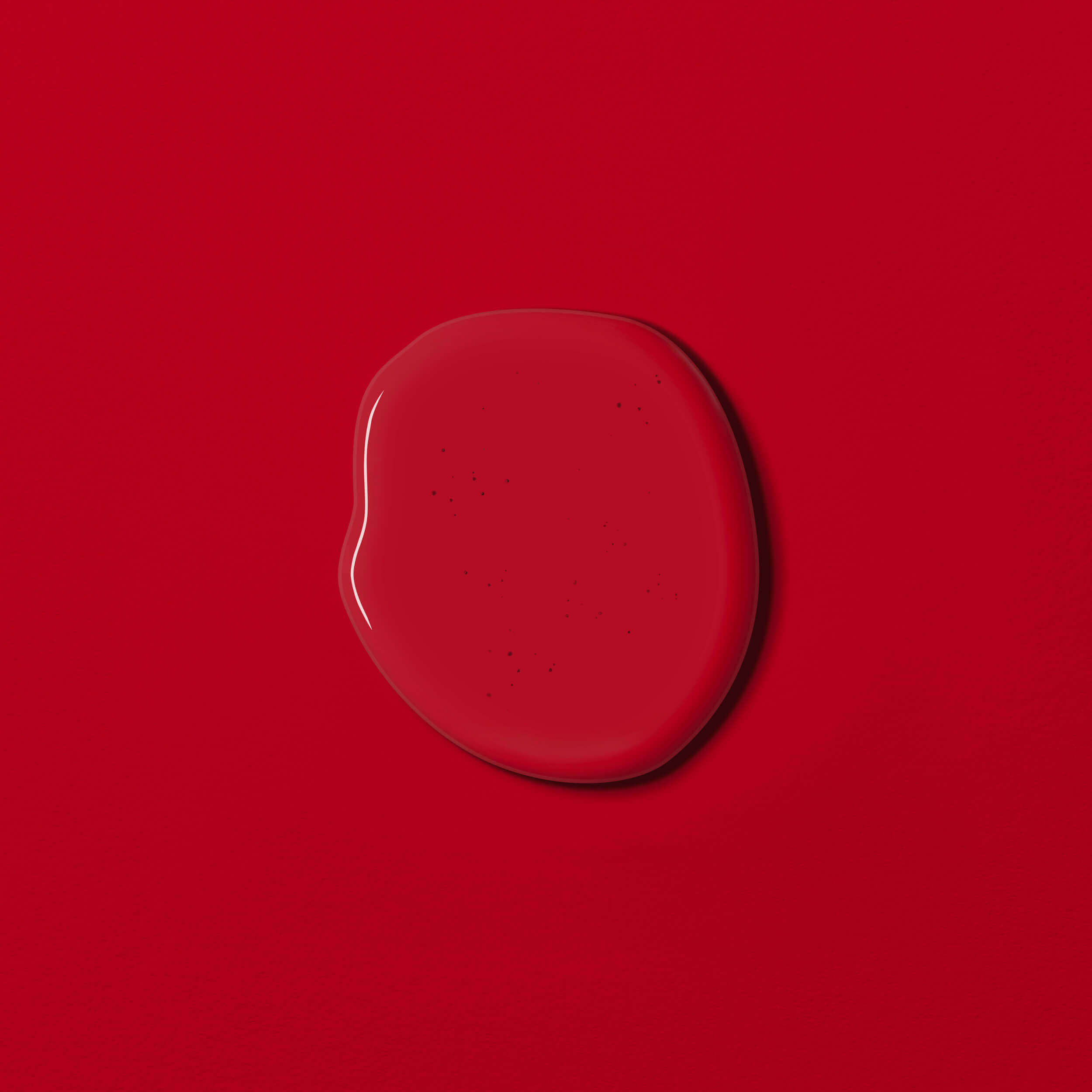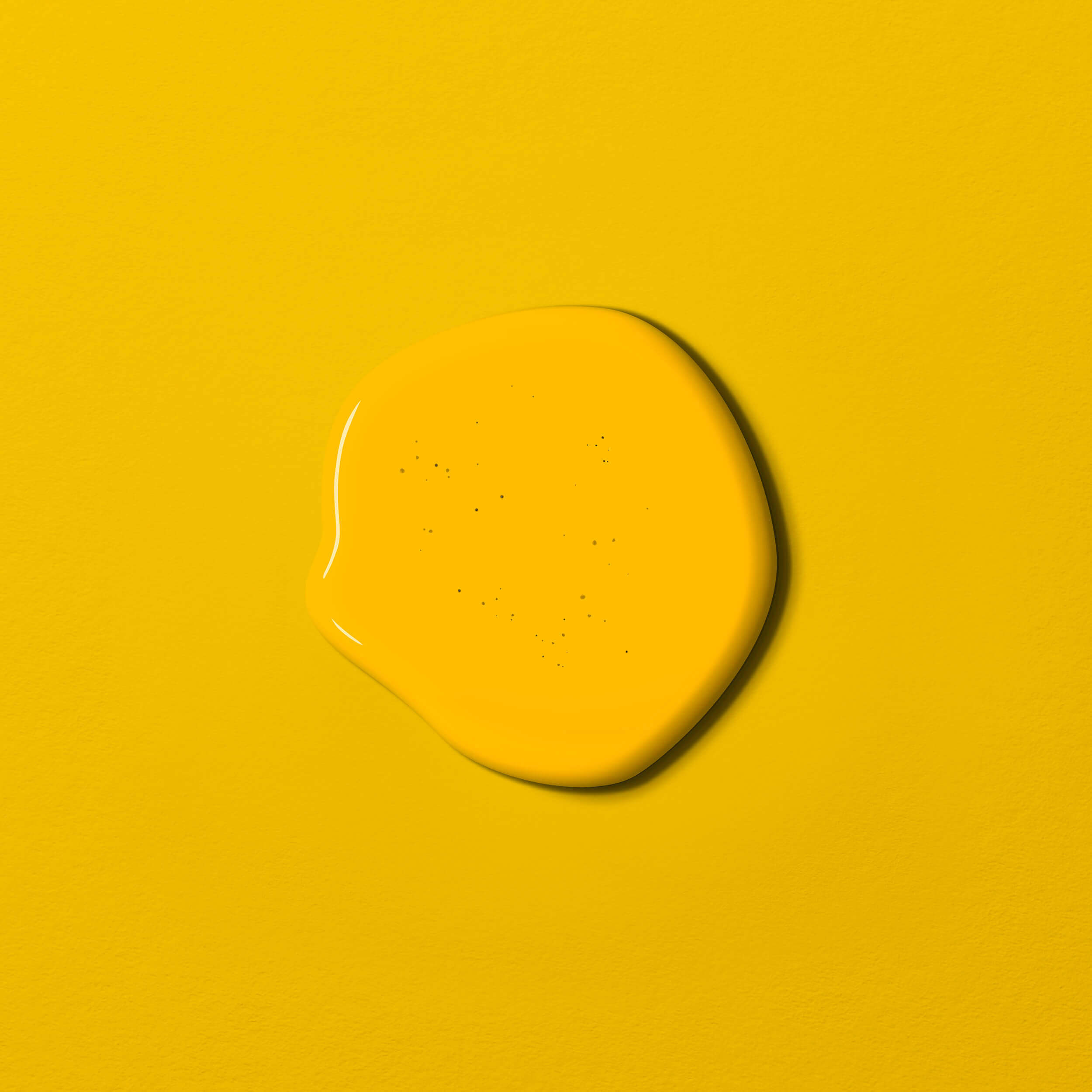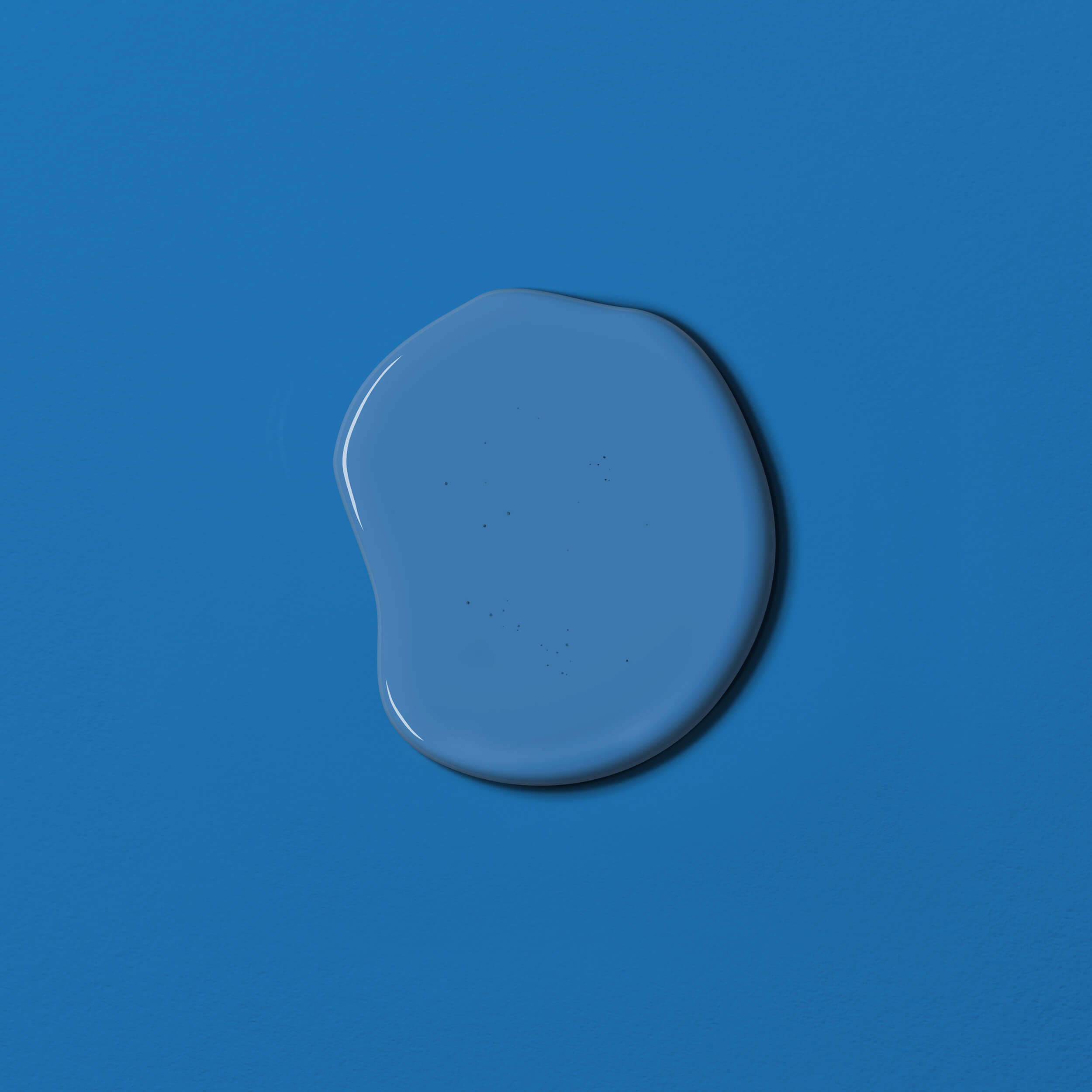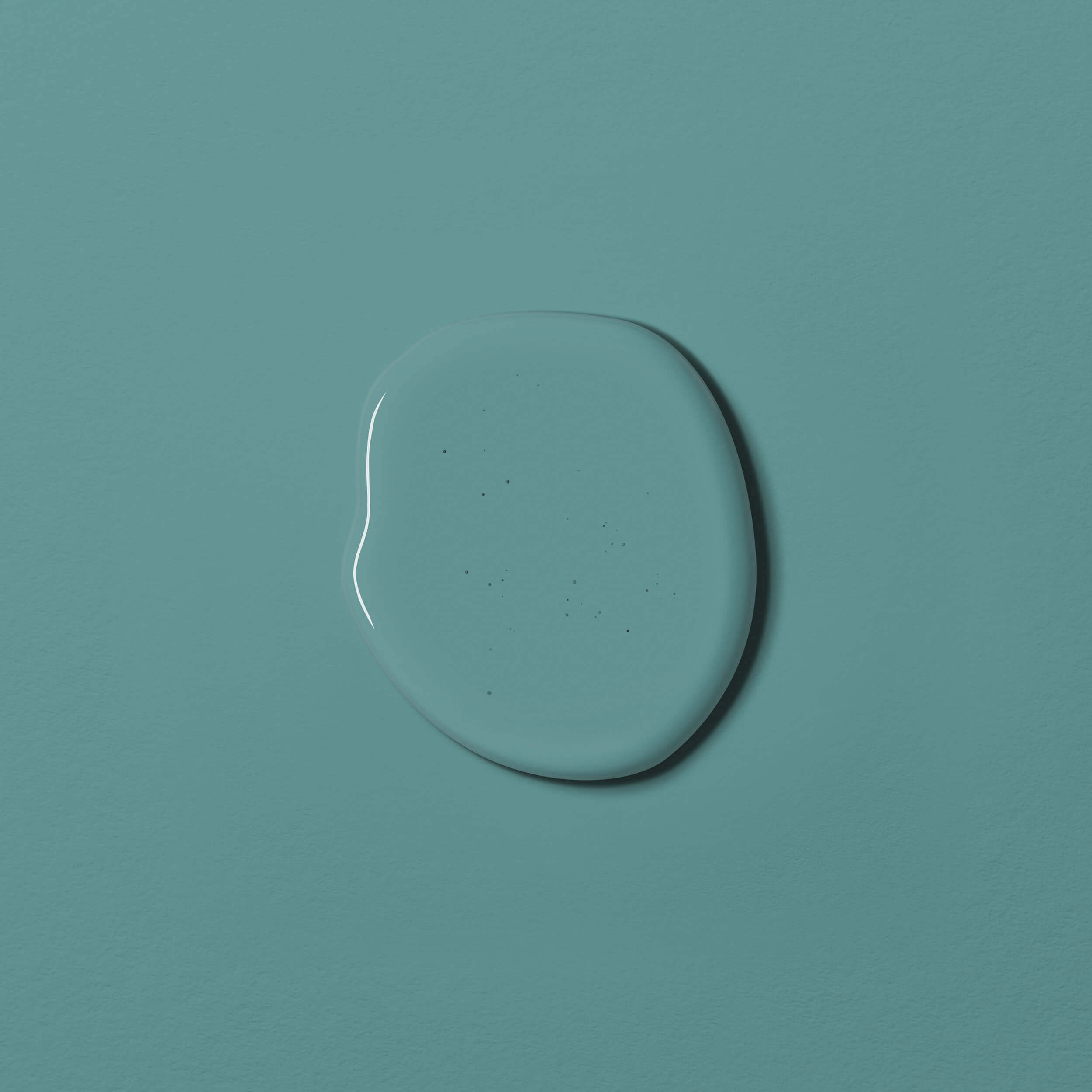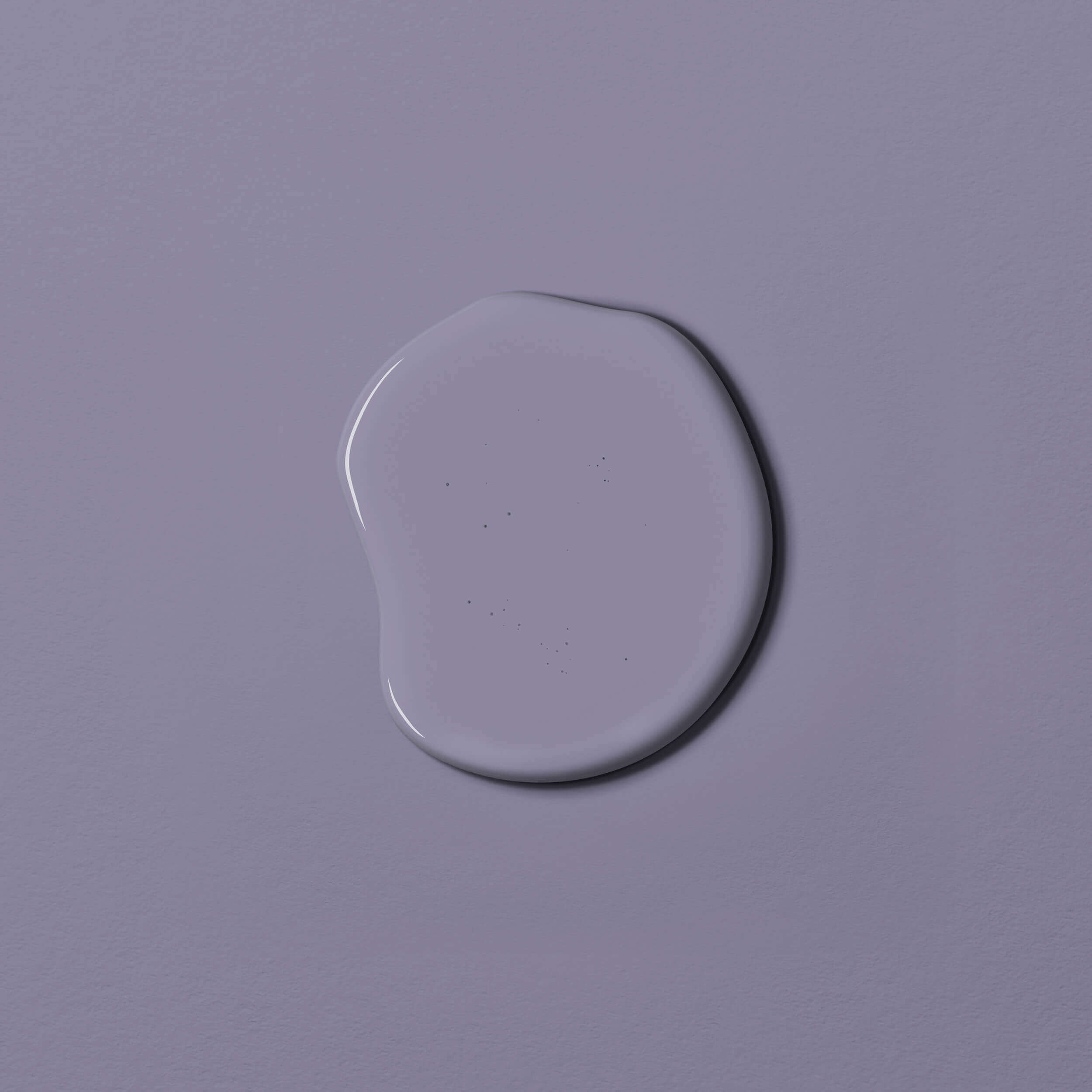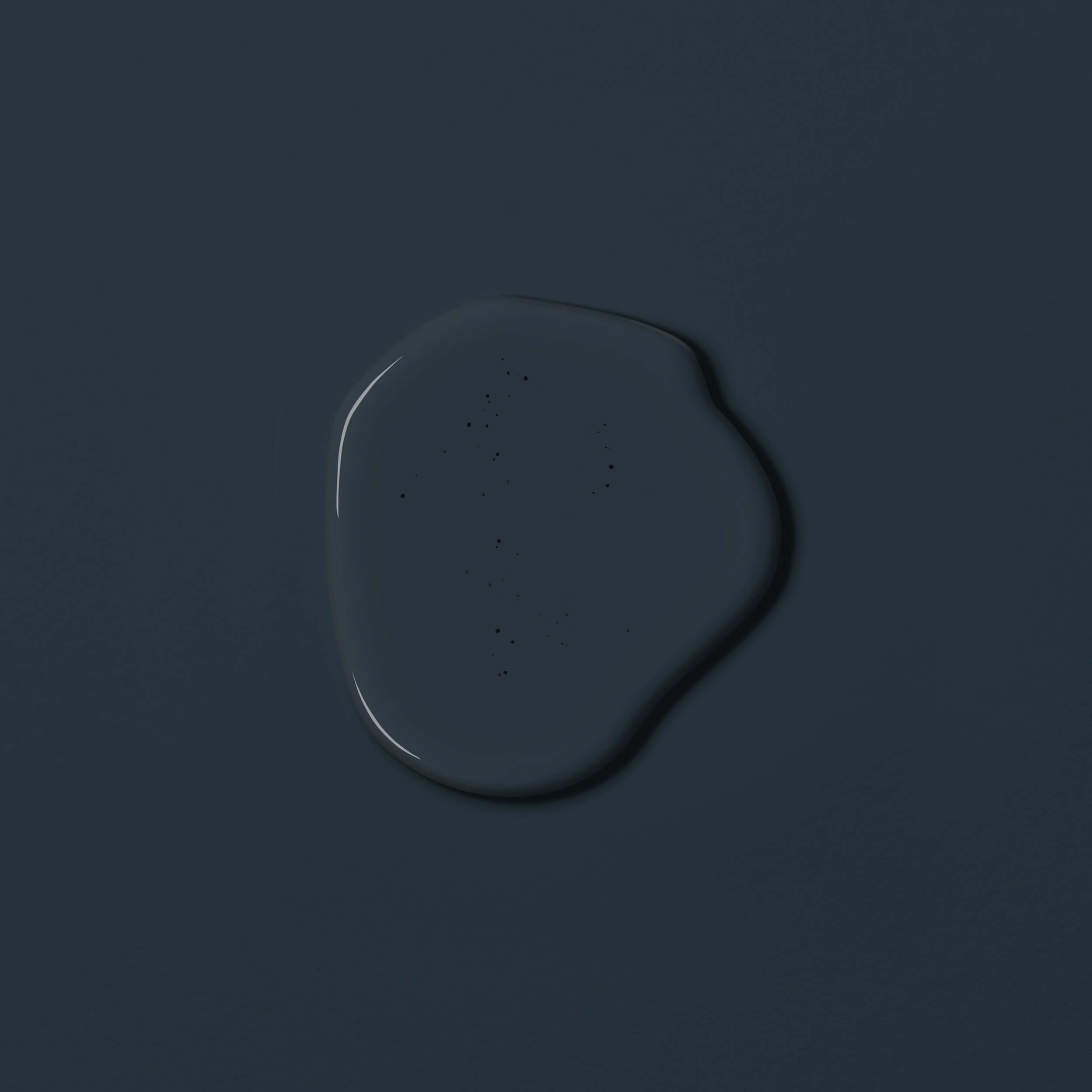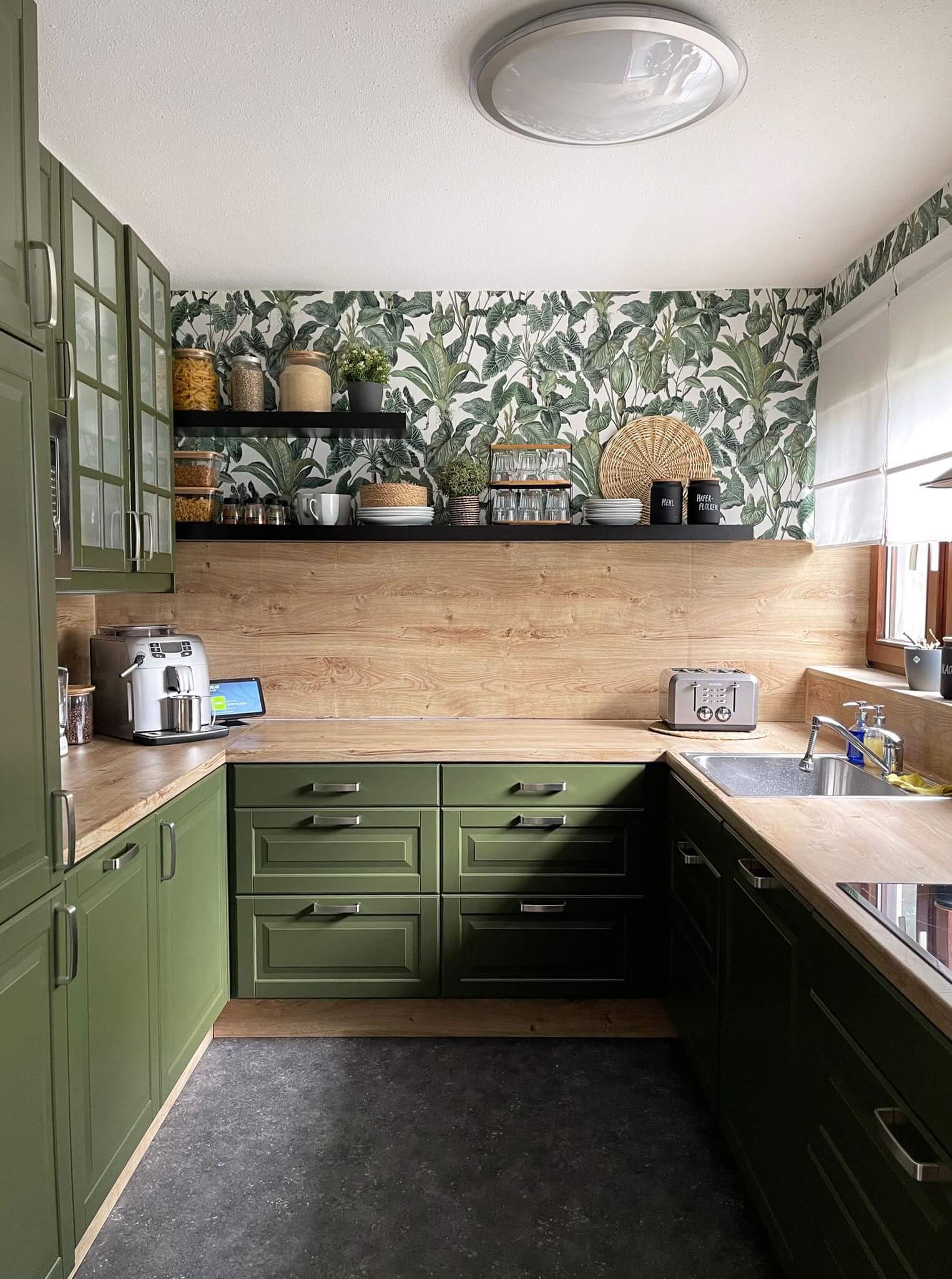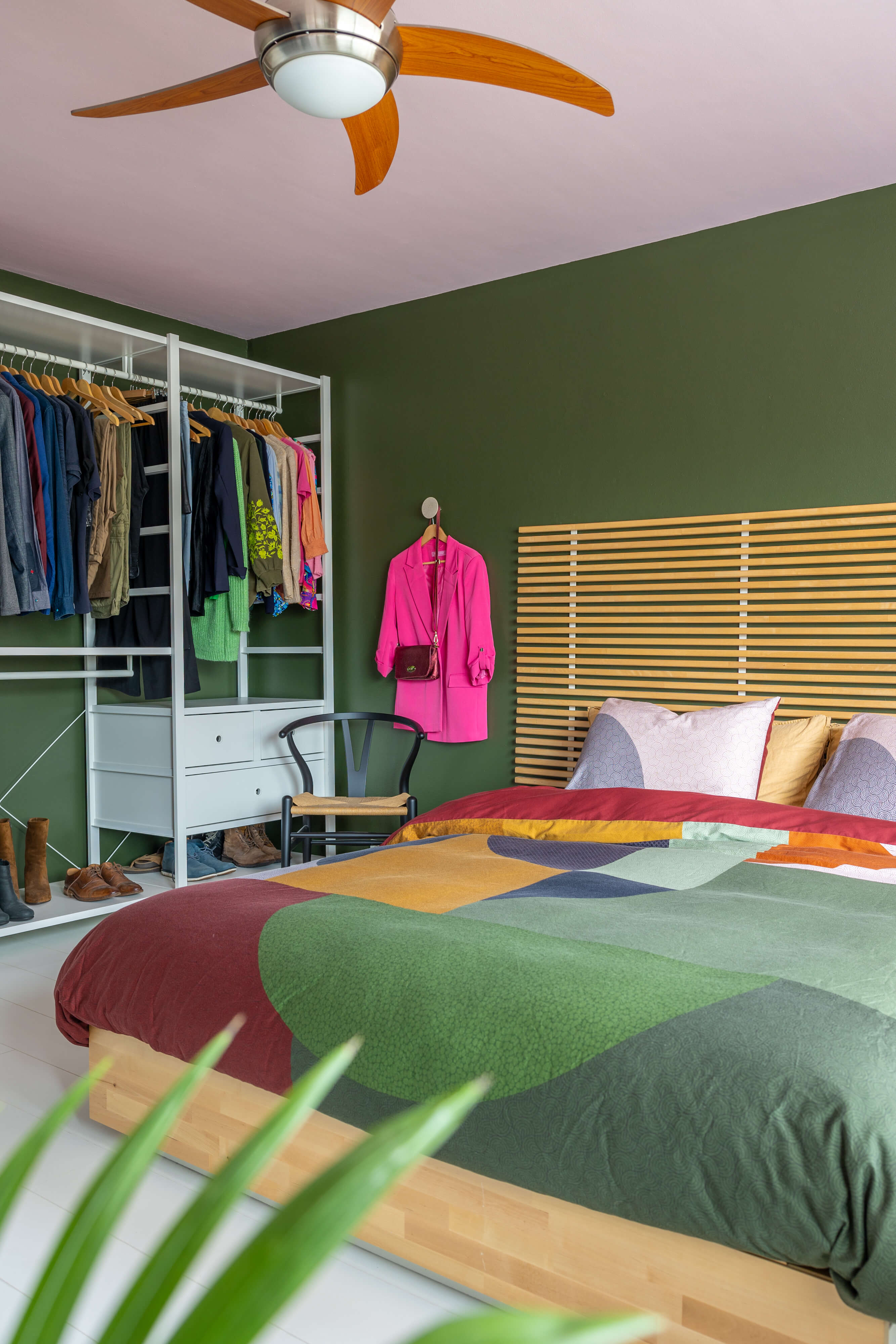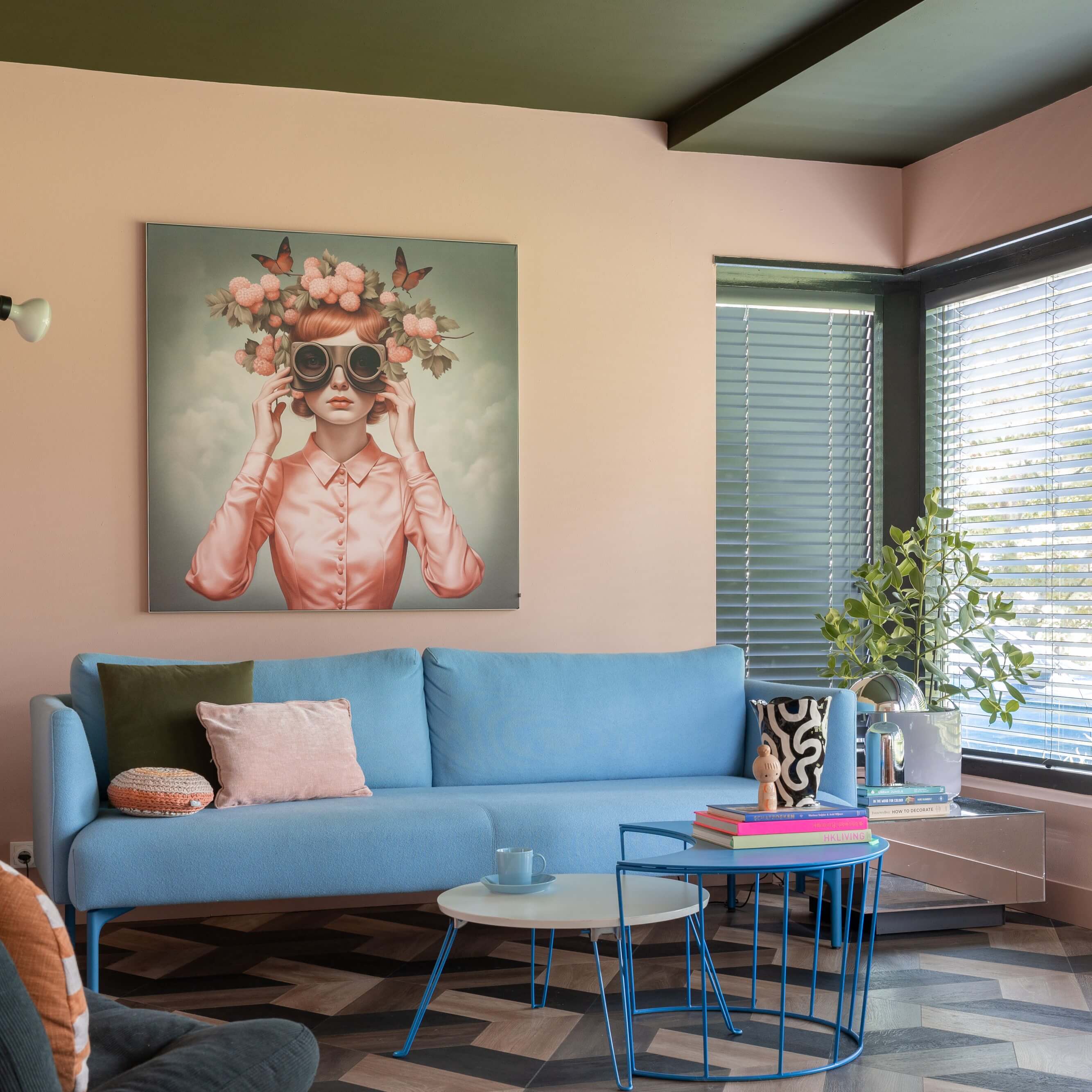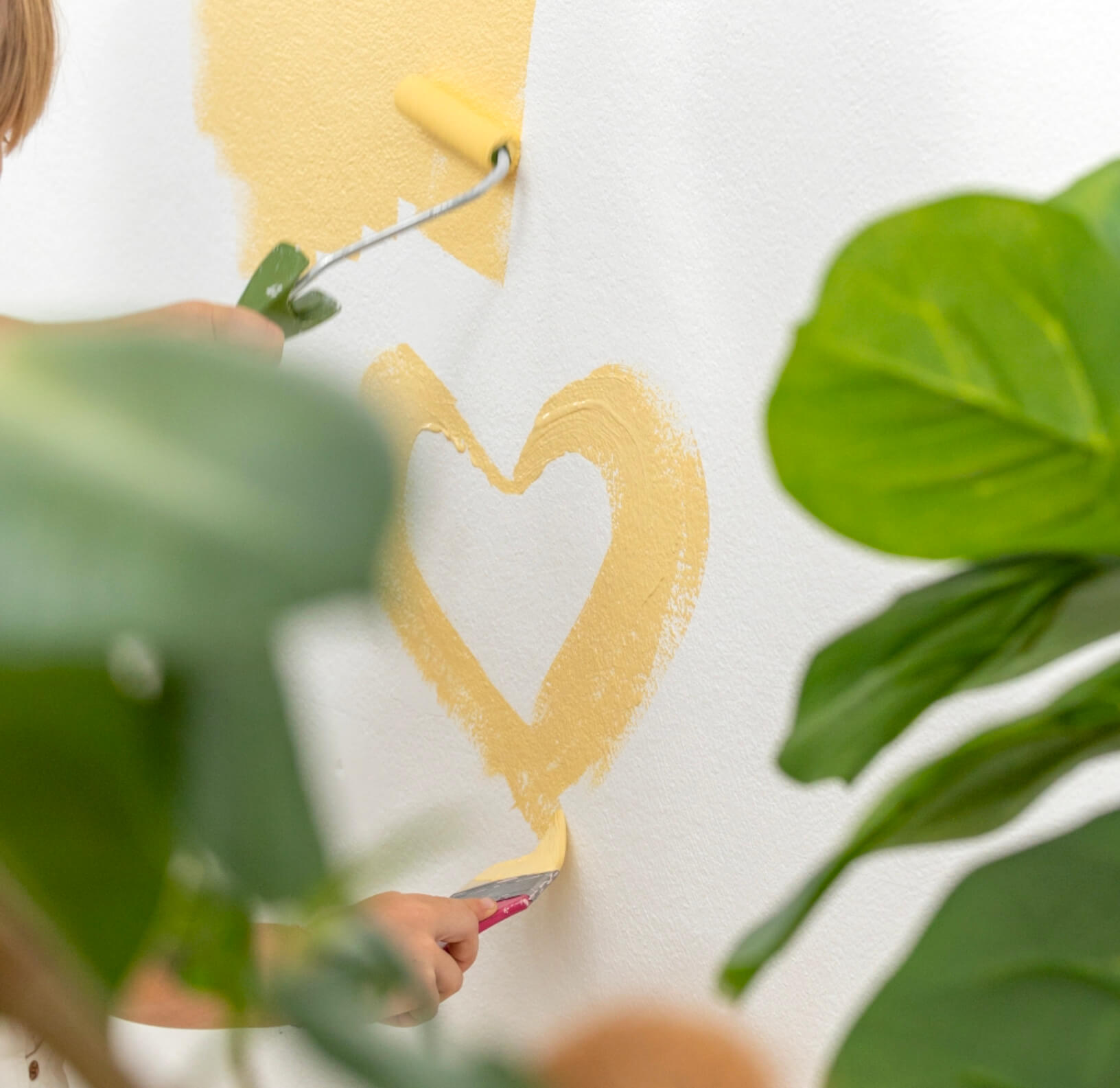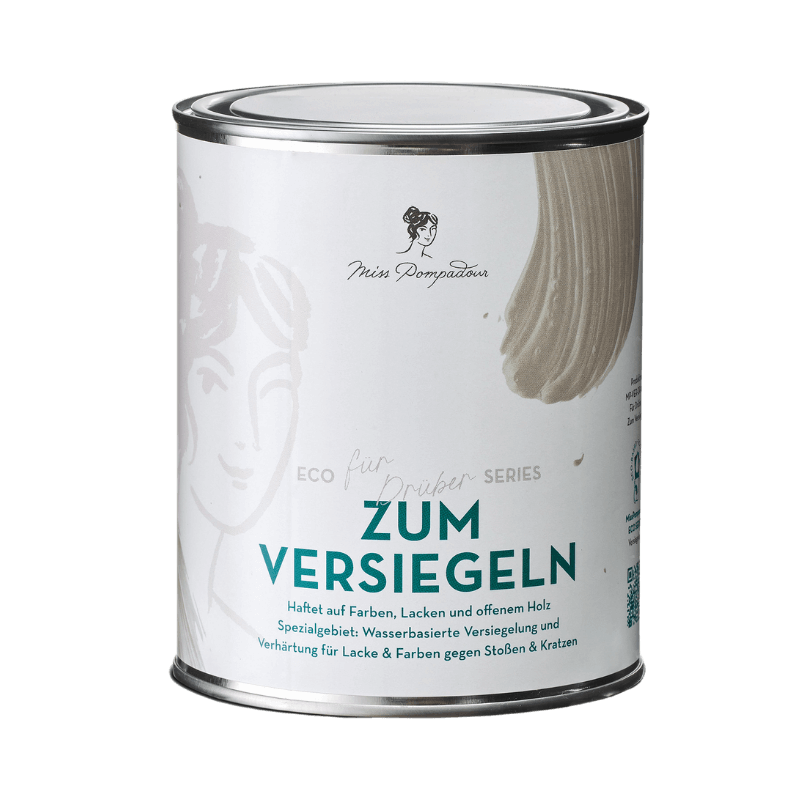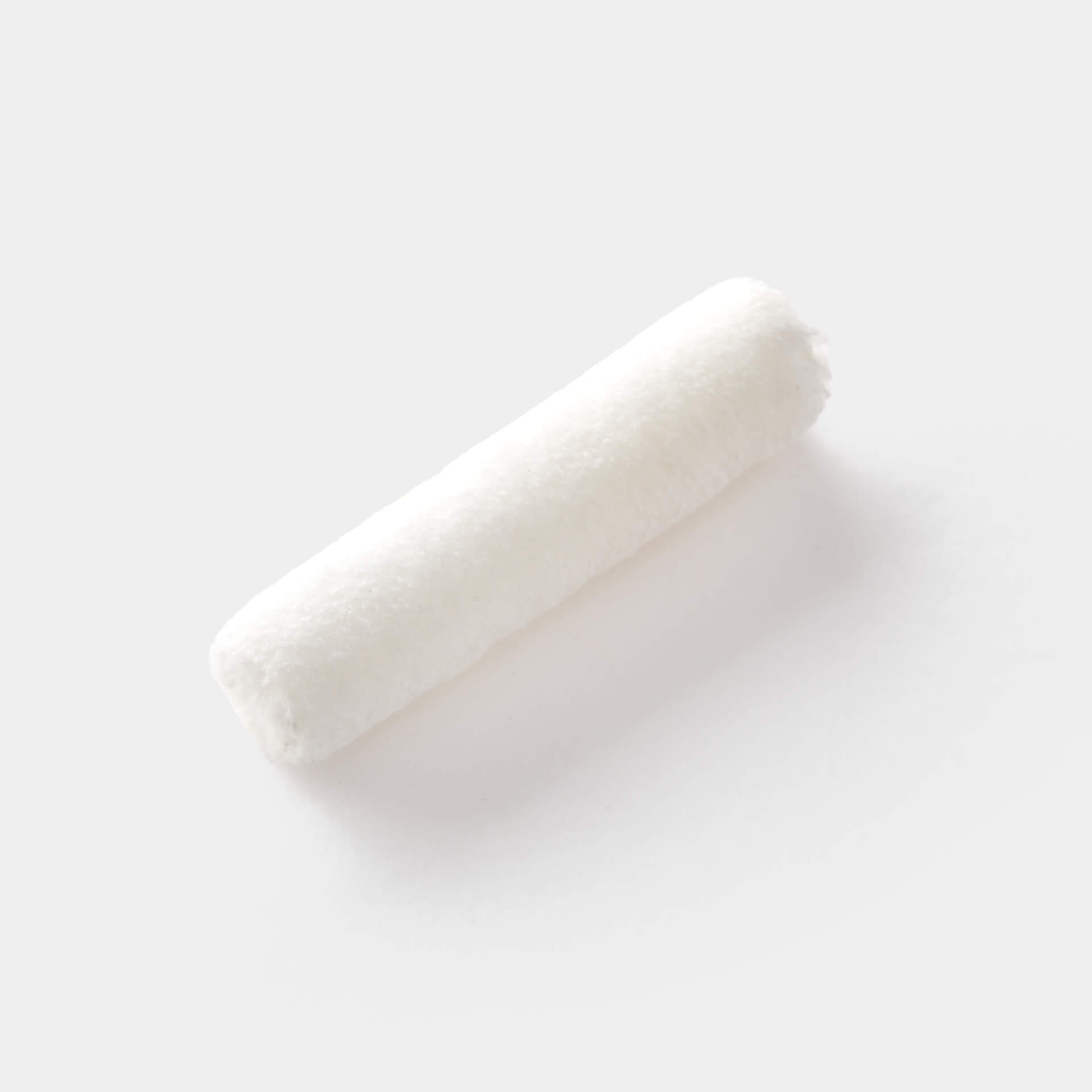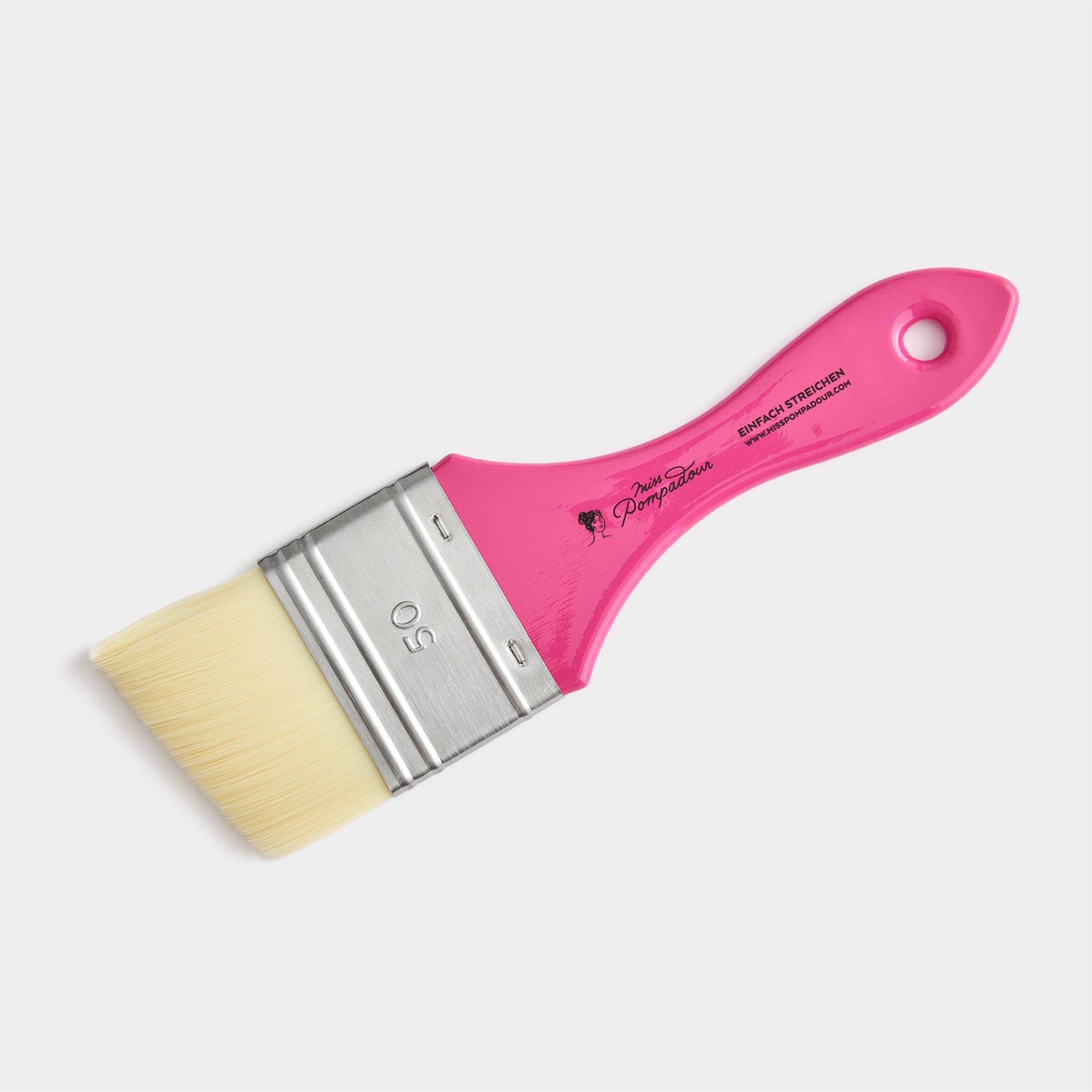- Splash water resistant
- Without intermediate sanding
- Scratch & impact resistant
- Easy to clean, silk-matt surface
- Water-based & low-solvent
- Odourless & fast drying
€43.00
Available, delivery time: 2 to 4 Working days
Very popular product: Bought over 12219 times during the last weeks
Application instructions
The topcoat serves as additional protection for substrates that have already been painted. Only to be used on furniture, heating, wall tiles or tiled floors. Not suitable for use on walls.
What do you want to use To Seal for?
Your area of application
- Furniture painted with wall paint
- varnished and stressed objects
- Painted floors
- Painted tiles
- Heating/ tiled stove
Drying time
The topcoat is dust-dry after approx. 0.5 hours and can be painted over after approx. 2-4 hours. Fully loadable after 3 days. First wet cleaning and laying of carpets after 5 days. Please note that fresh layers of colour underneath will prolong the full curing time. Full load-bearing capacity with topcoat of fresh layers of colour after 14 days. The drying times given are average values and depend on the layer thickness, the substrate, the temperature and the relative humidity. For dark colour shades, longer drying times apply at lower temperatures than for white and light colour shades.
- Stair treads
- Floors
- Table tops and worktops
- Softwoods, hardwoods
Drying time
The topcoat is dust-dry after approx. 0.5 hours and can be painted over after approx. 2-4 hours. Fully loadable after 3 days. First wet cleaning and laying of carpets after 5 days. The drying times given are average values and depend on the layer thickness, the substrate, the temperature and the relative humidity.
Instructions
- Open the tin carefully: Carefully remove the clips on the lid with our paint can opener or use a spatula or screwdriver. Bend the clips away from the bottom upwards. If you bend the clips away from the top of the can, they will pop less. Please note that the clips are under tension and hold your hand over them when removing them. To Open the can, it is best to use a paint can opener.
- Stir: Stir the primer carefully.
- Pouring: Pour a little into the paint tray. Do not work directly out of the can to keep the contents clean.
- Wet the roller: Then wet the roller all around and lightly roll it out in the tray. Make sure that the roller is completely and sufficiently wetted with the paint. It should no longer have any dry patches. Immerse the brush up to approx. half of the bristles.
- apply topcoat & allow to dry thoroughly: During the heating period, pay particular attention to a dust-free environment. Switch off the heating before painting and clean the surrounding area thoroughly. Apply the topcoat quickly and do not spread it too thinly. Avoid dry spots. Observe the recommended drying time.
Technical information
- No dilution necessary, ready for use; possibly max. 5% water
- Clean tools with soap and water
- 7°C to 25°C ambient and substrate temperature
- approx. 10m²/l, depending on the absorbency of the substrate
FAQ
How do I apply To Seal correctly?
Wait 24 hours after your last coat of varnish before applying To Seal. Apply it thinly and evenly with a roller or brush. The surface should then be allowed to dry thoroughly for 14 days - during this time, please be careful with traffic, cleaning or carpets. From the 5th day onwards, you can carefully start with maintenance.
Do I also have to seal wall tiles in the shower?
Yes, if you want to permanently protect painted wall tiles from moisture and cleaning agents, To Seal is ideal. However, please note: you should not paint floor tiles in the shower (i.e. horizontal surfaces with standing water) - water-based varnishes are not suitable for this.
When is the topcoat fully cured?
If you have just applied the varnish, please allow a drying time of 14 days. If you have already painted more than 14 days ago, the topcoat will be fully resilient after 3 days.
Can I also protect untreated wood with To Seal?
Absolutely! Make sure that the wood is dust-free and clean. The first coat can be thinned with 10-15 % water. Then apply a second, undiluted coat. The sealed wood surface is fully resilient after just 3 days.
Is To Seal also suitable for my lacquered kitchen fronts?
Yes - a good topcoat is particularly important in the kitchen. Kitchen furniture is often cleaned, sometimes with harsh products. To Seal protects your lacquered fronts and also makes them easy to clean. Our tip: It is best to use MissPompadour "To Clean" for cleaning.
Why is my topcoat streaky?
Care is particularly important with dark colours or grazing light. The matting particles in To Seal settle at the bottom of the can - so stir well regularly (preferably with a stirring rod or spoon) to ensure an even result.
The topcoat dries quickly, which can lead to streaks when rolling over dried areas. Therefore: do not work in very hot or dry conditions and always work wet on wet. Plan larger areas so that you can work quickly section by section - e.g. 4 tiles or 2-3 boards at a time.
Do not repair irregularities while still wet - the topcoat will often level them out by itself. If To Seal dries too quickly, slightly lower the room temperature or increase the humidity (e.g. with a humidifier, damp cloths or a little water mist). 20 °C and 60 % humidity are ideal. Make sure that your tools are evenly moistened, work quickly and without pressure - this will make the result robust, streak-free and easy to clean.
How much topcoat do I need for my project?
One litre is sufficient for approx. 10 m². Plan a little more for two coats on wood or after varnishing. If you have any questions about your specific project, we will be happy to advise you!
Can I dilute the topcoat with water?
Yes, when applying the first coat to untreated wood, you can dilute To Seal with 10-15 % water. When applying over varnish, a minimal dilution with up to 5 % water may be sufficient. It is always important to apply an even, thin coat.
There is fluff in my topcoat.
The topcoat is filled in the can without impurities. In particularly low humidity or in rooms with underfloor heating, there are often dust particles and fluff in the air. A fresh coat of To Seal attracts these fluff particles statically. As To Seal, in contrast to the varnishes, is colourless, the impurities are visible in the fresh varnish layer. Thoroughly dusting, damp mopping, switching off the underfloor heating and increasing the air humidity will counteract this contamination. In particularly difficult cases, you can also clean the air a little beforehand with a fine spray mist.

